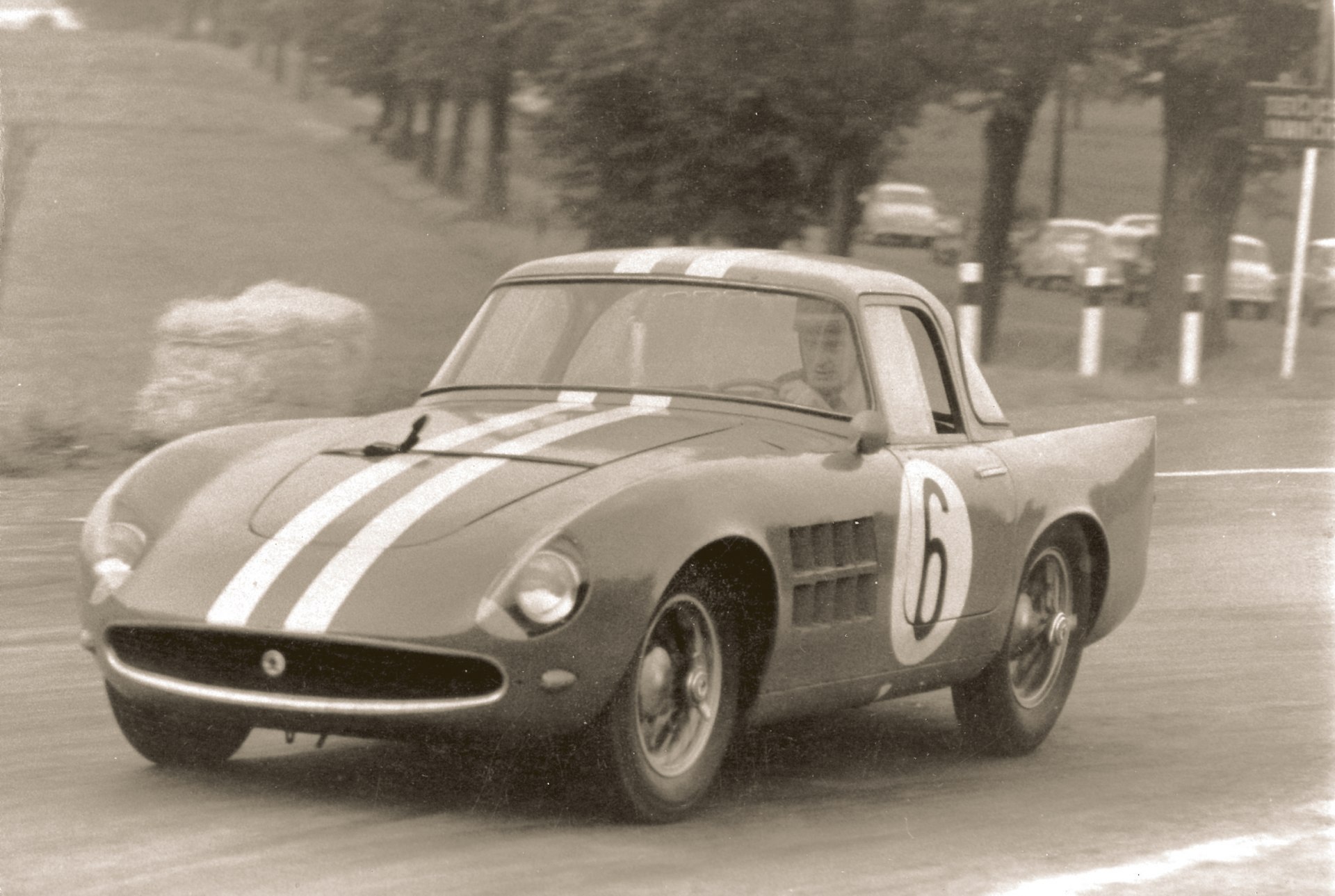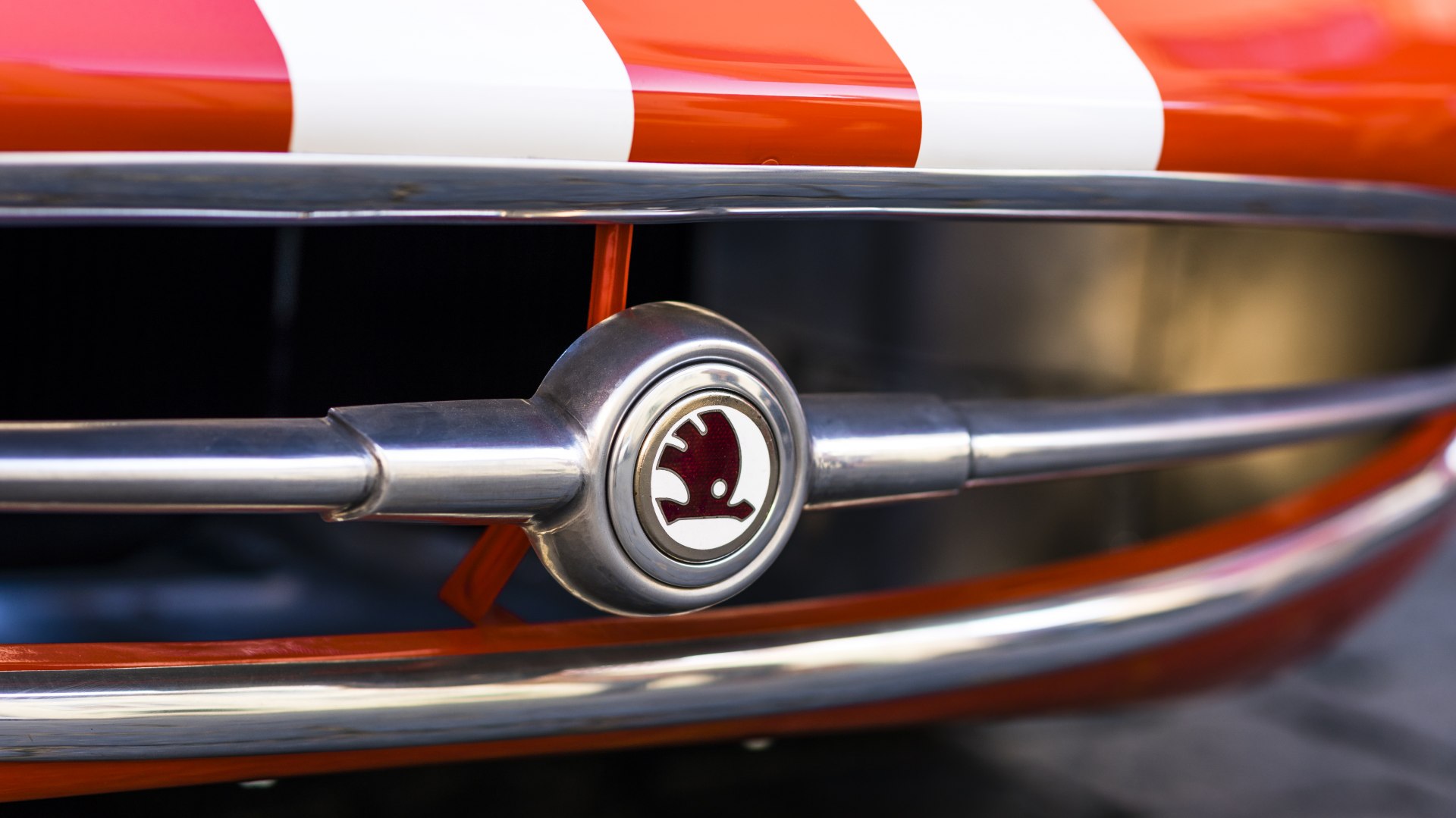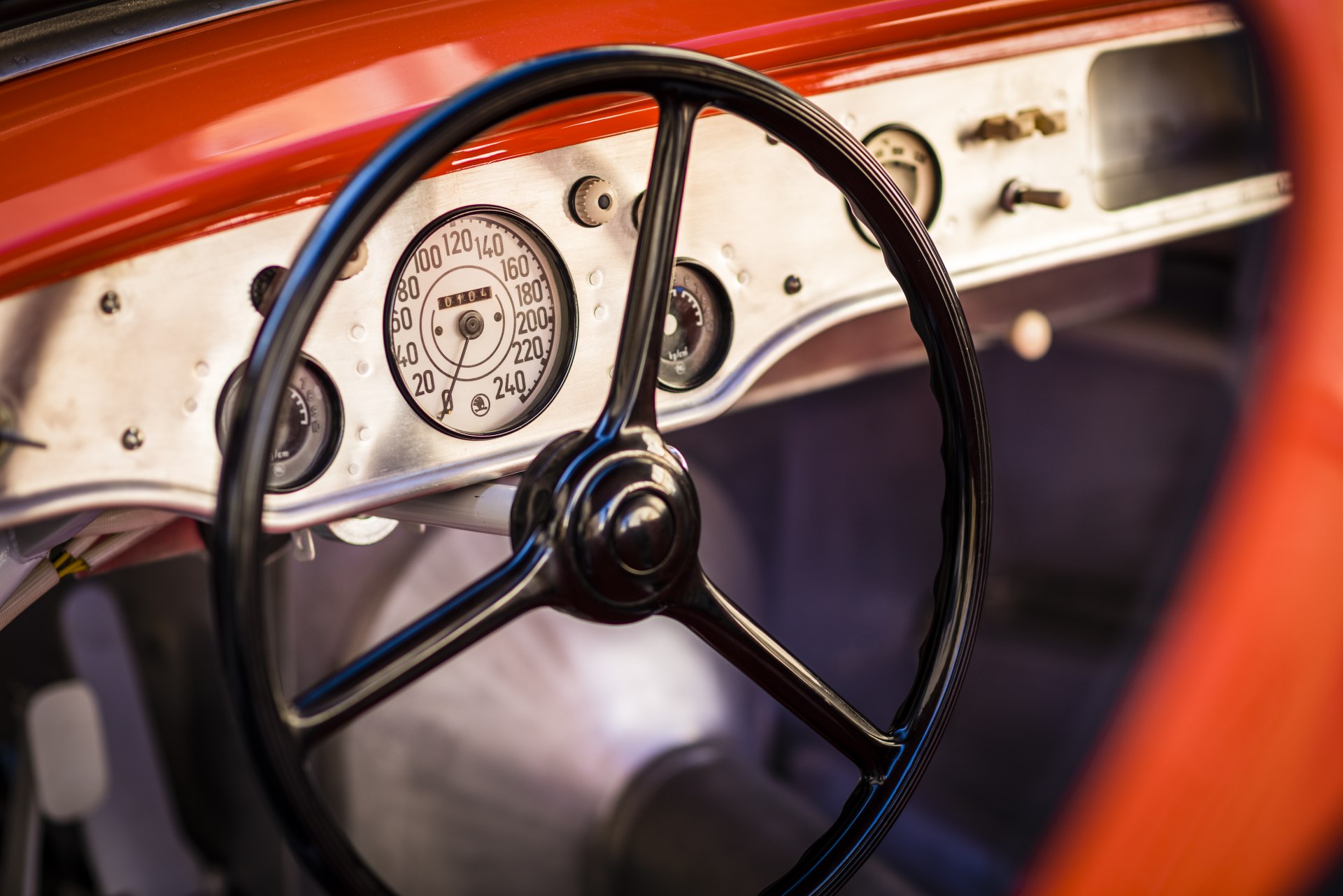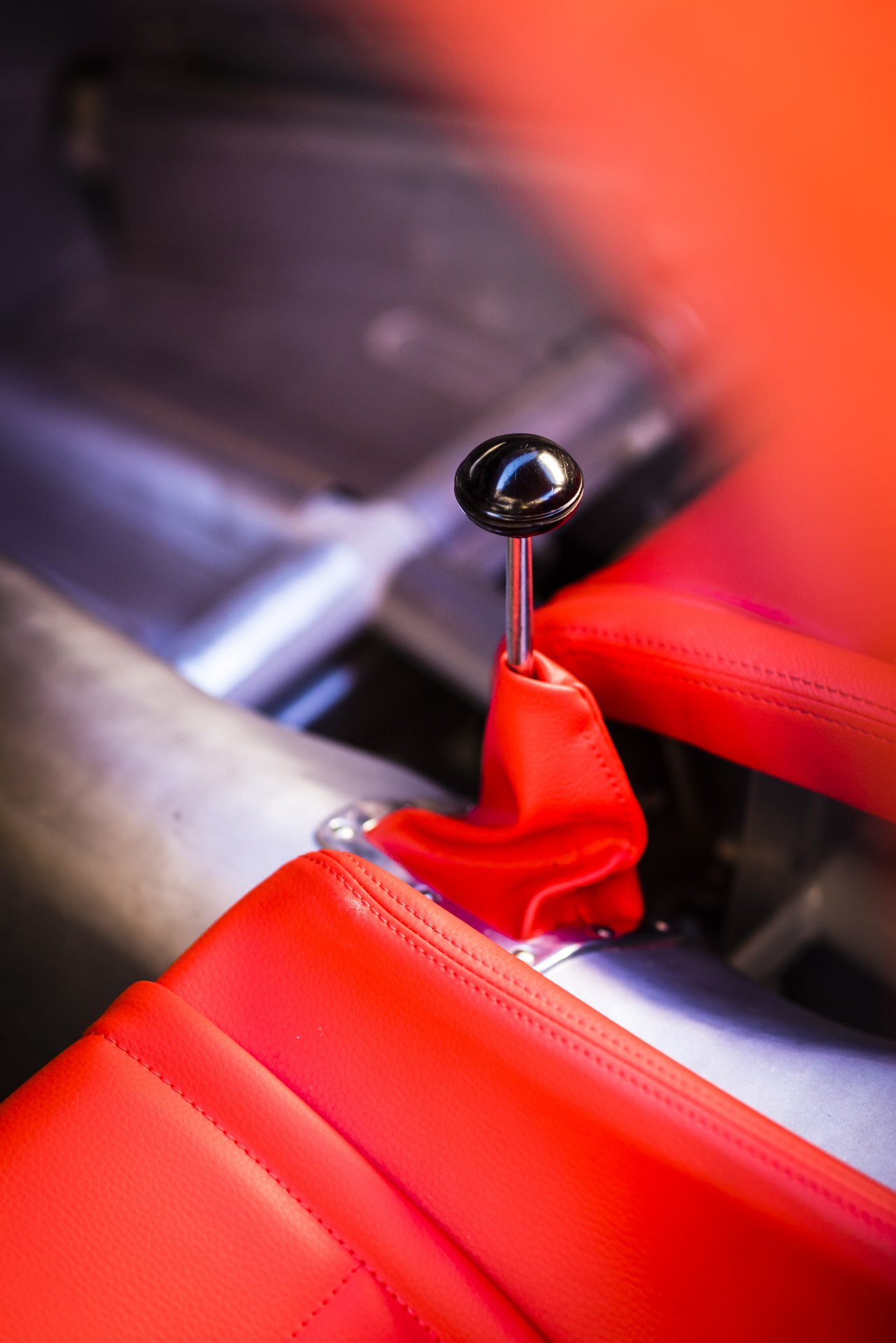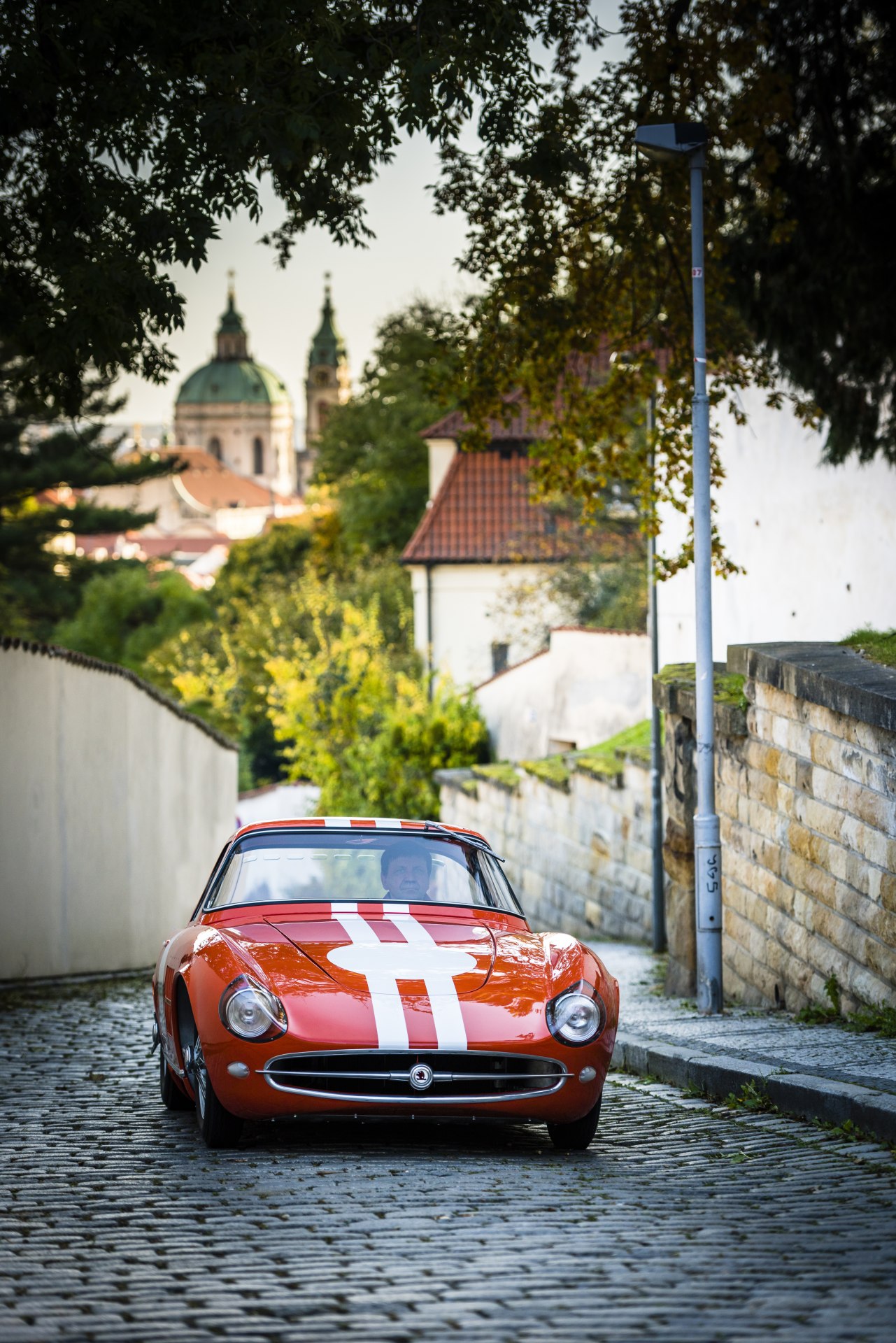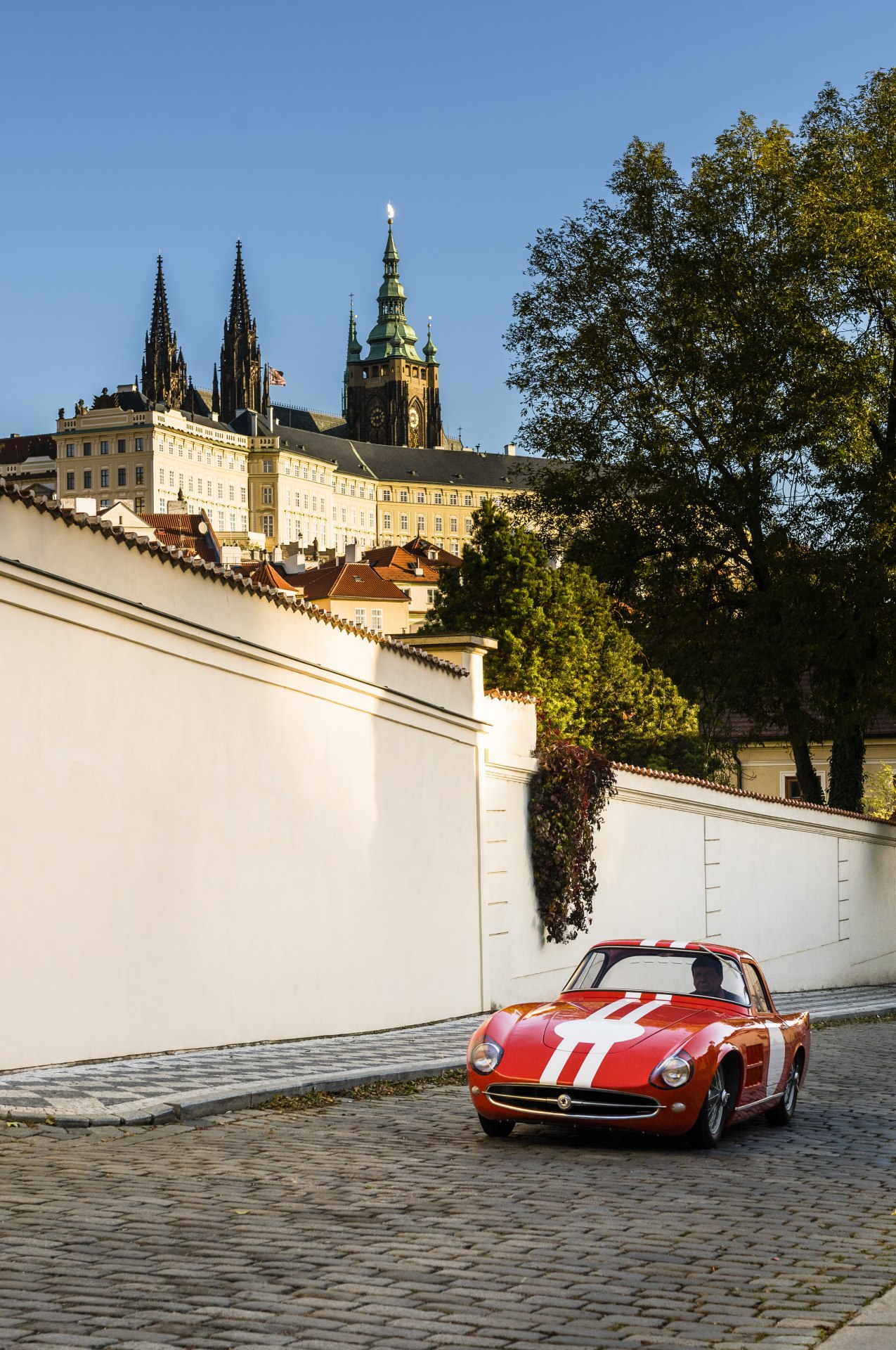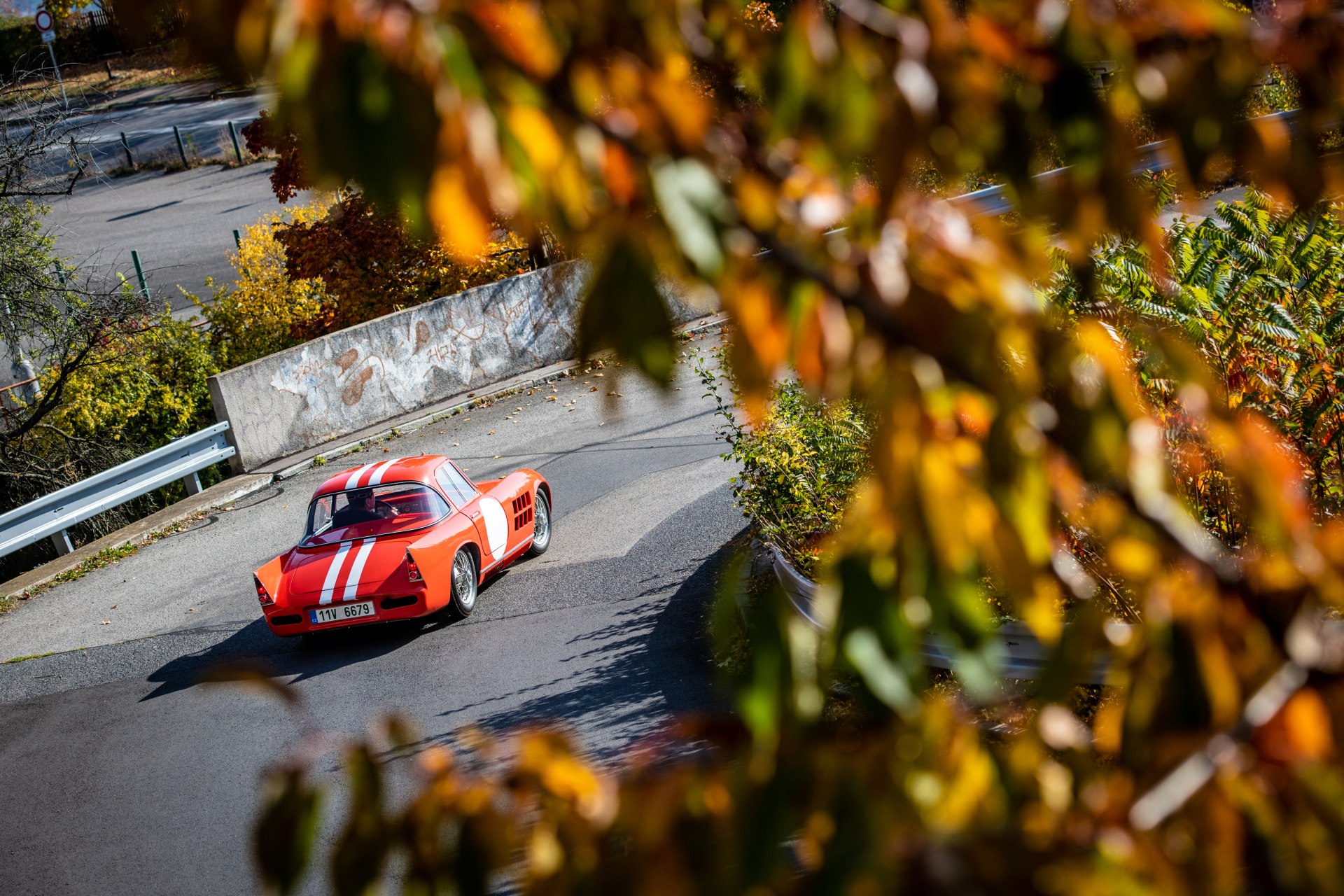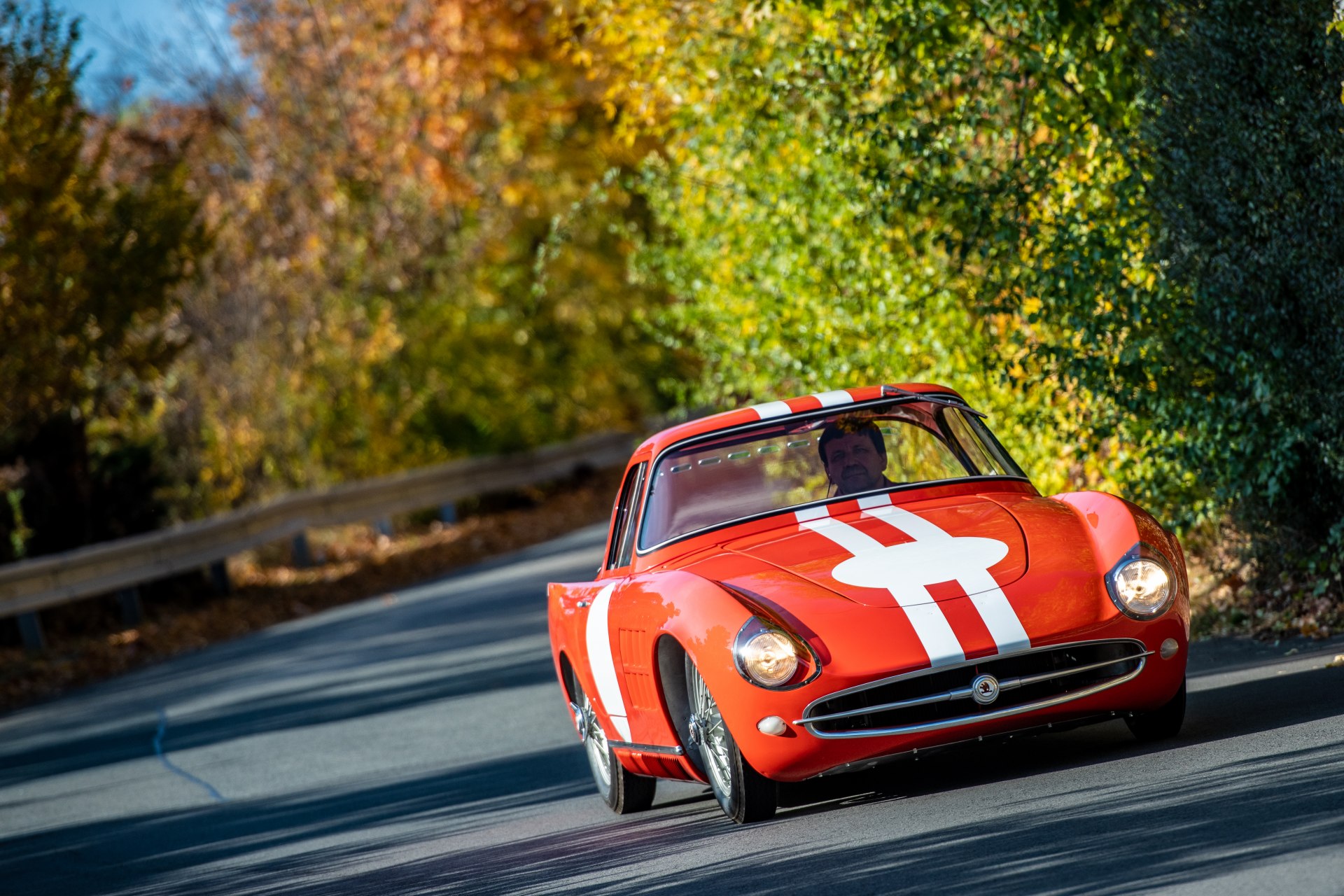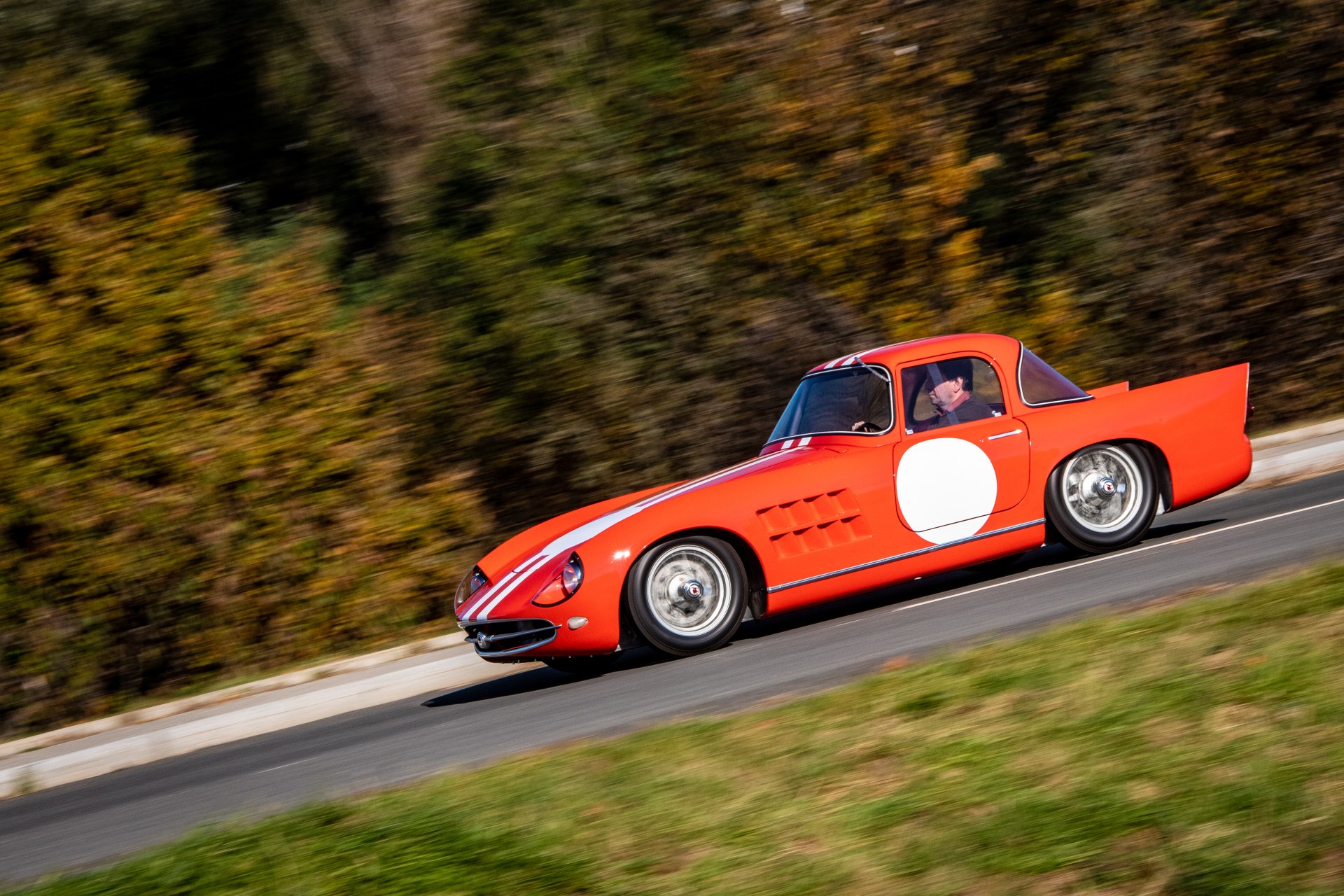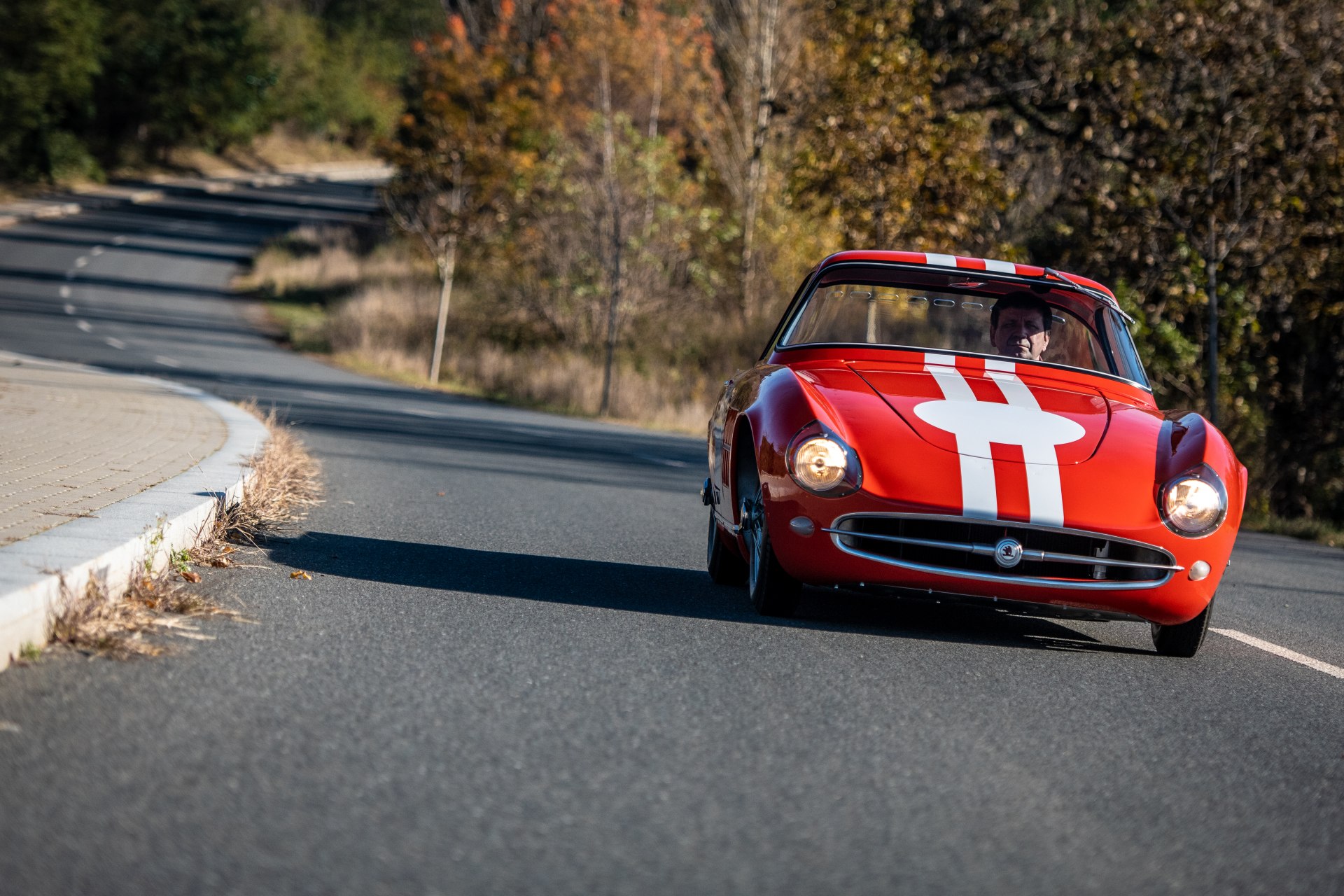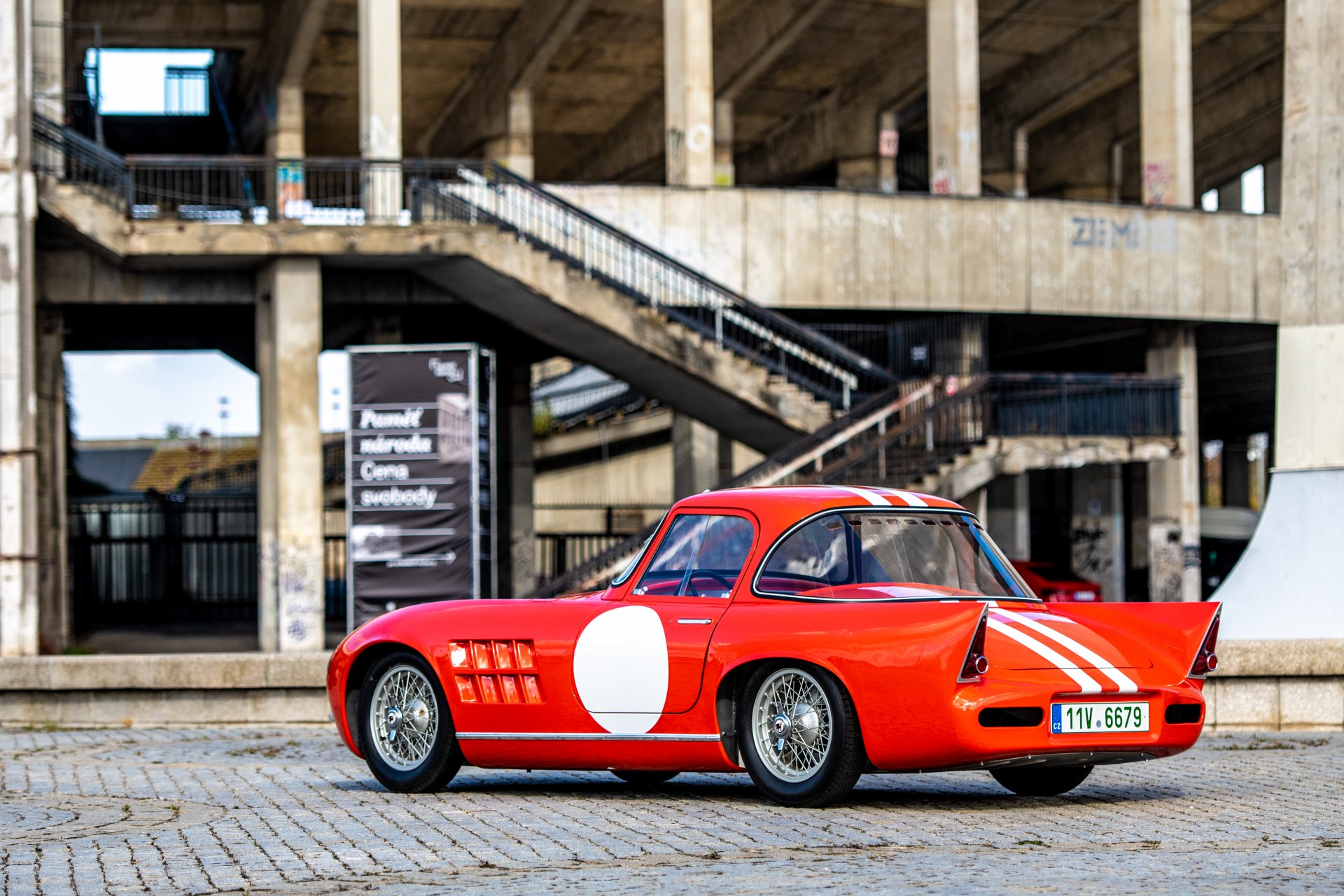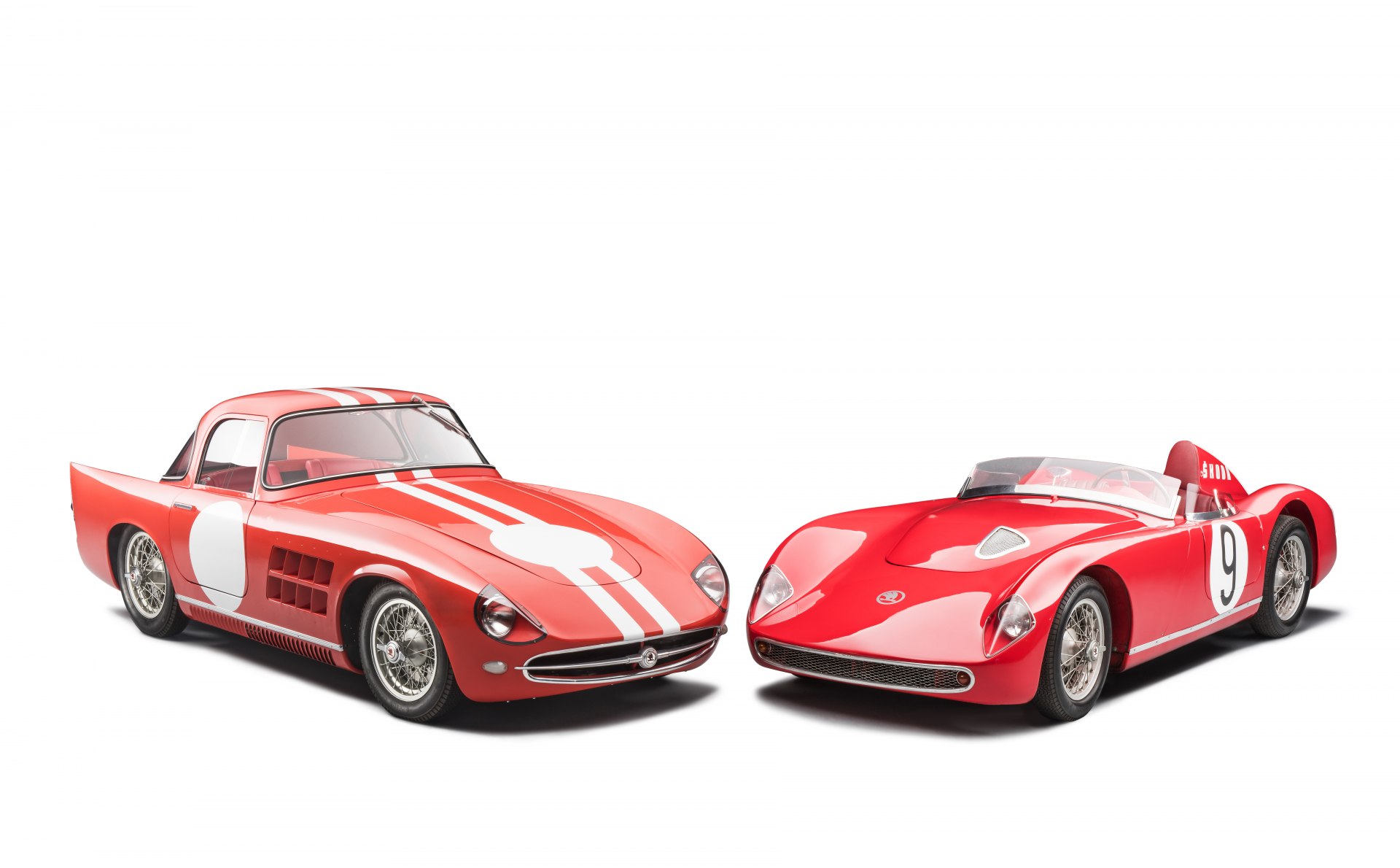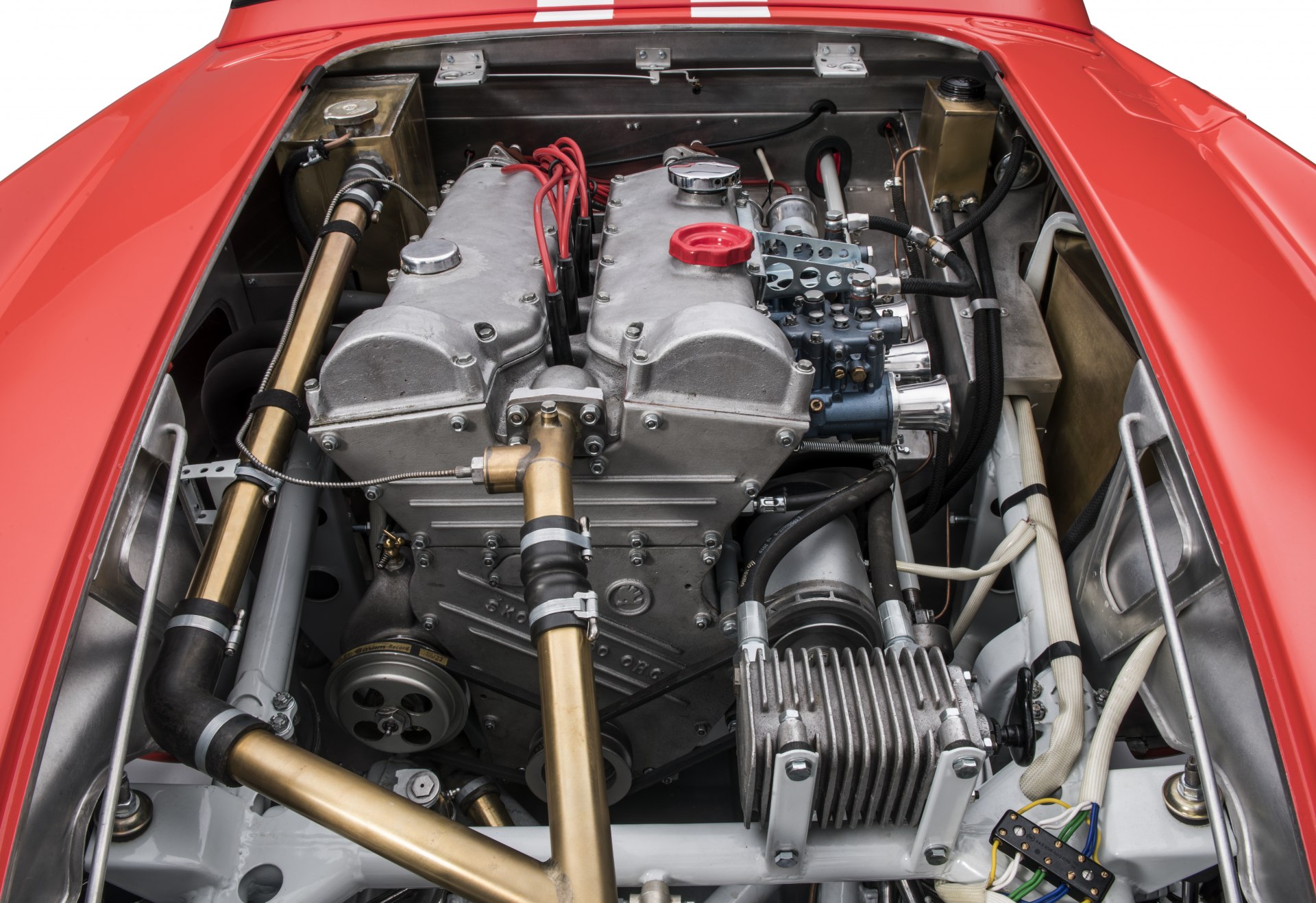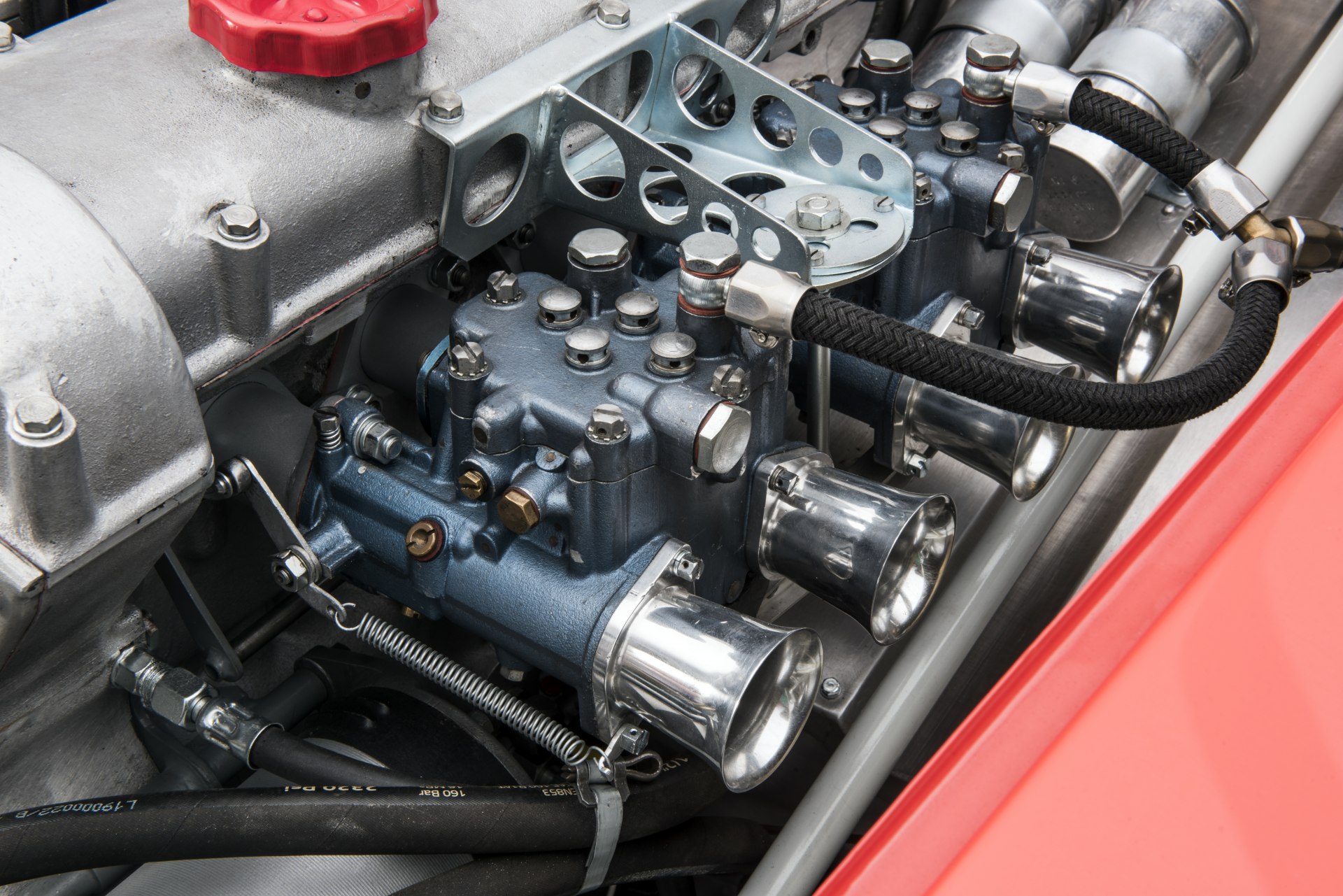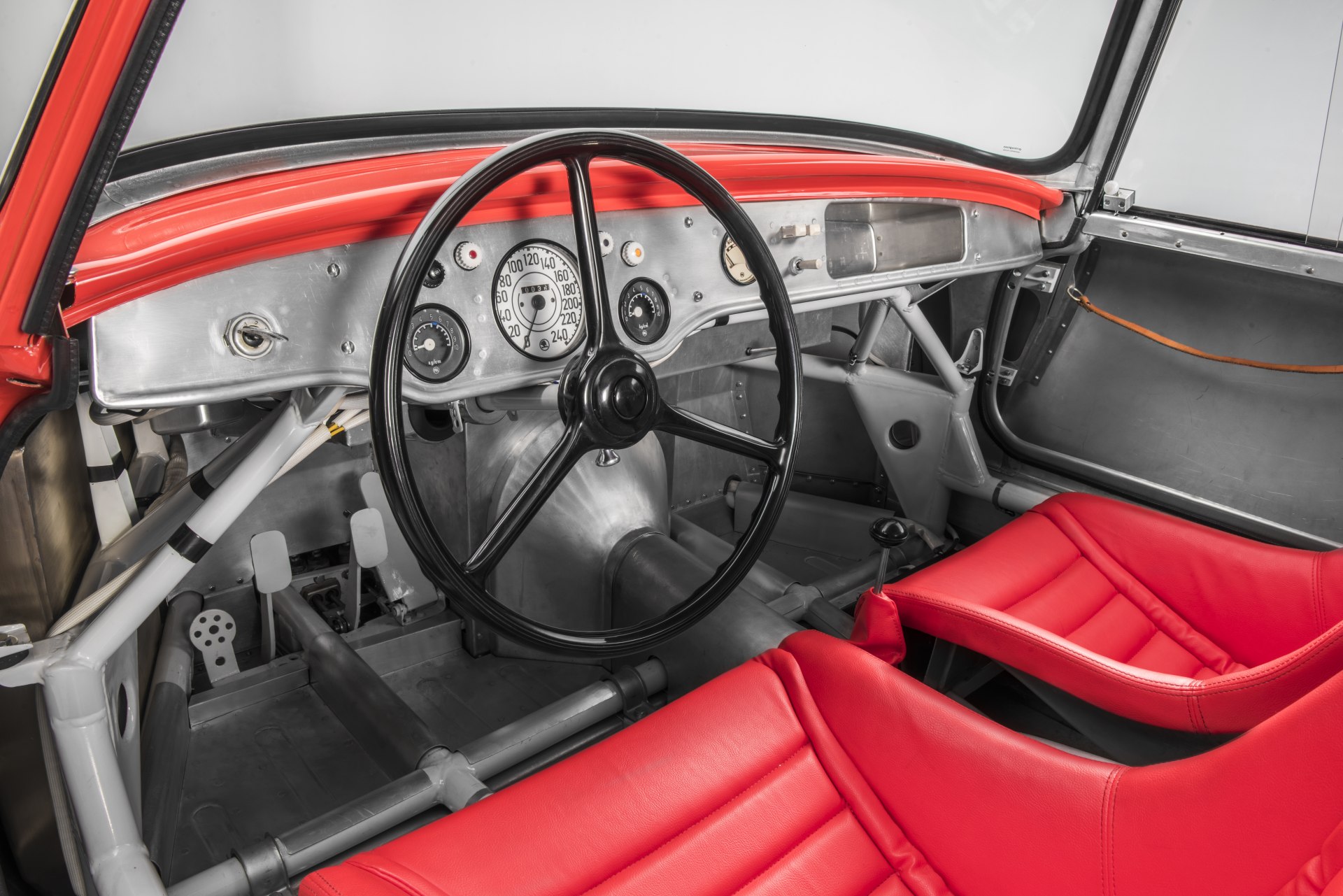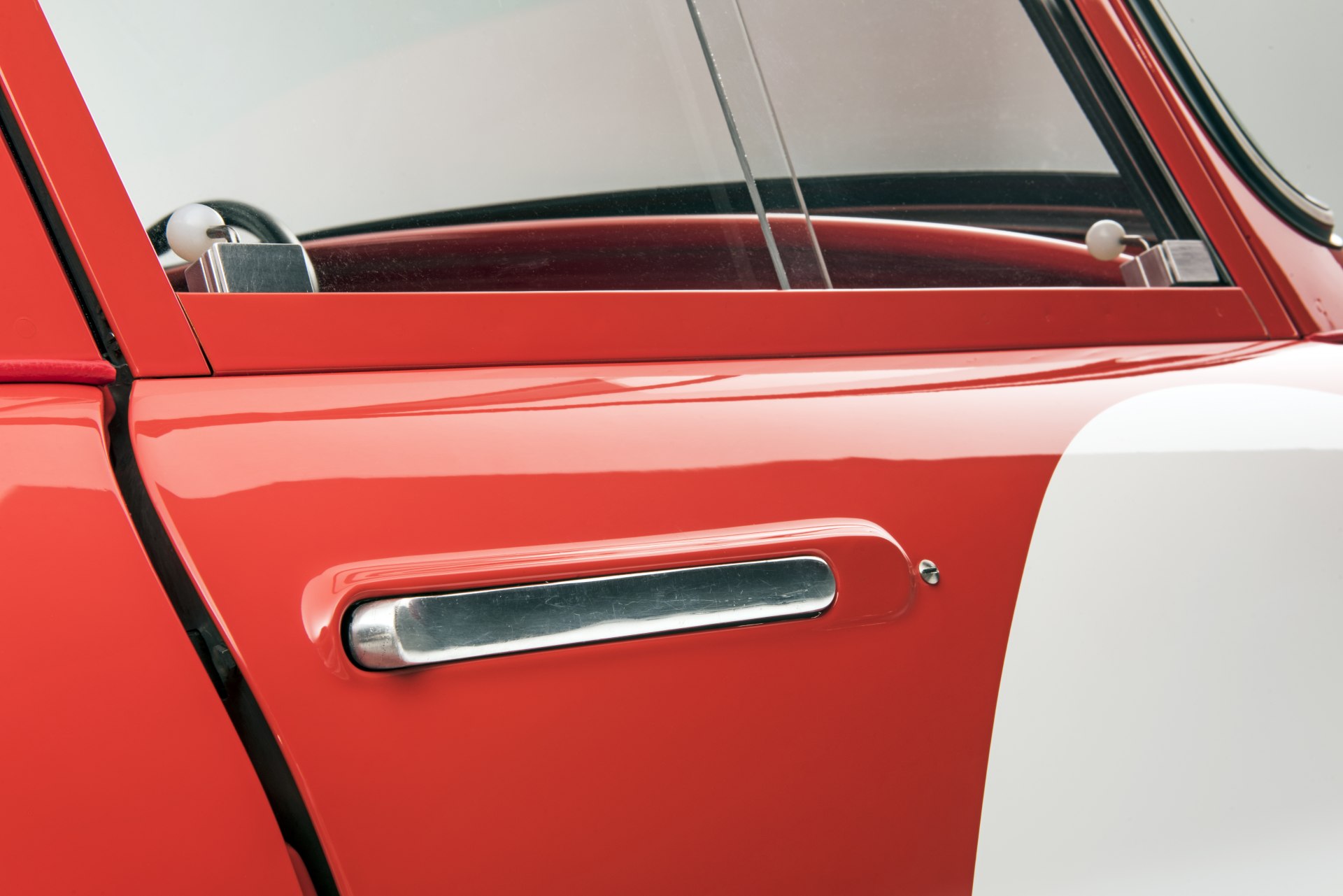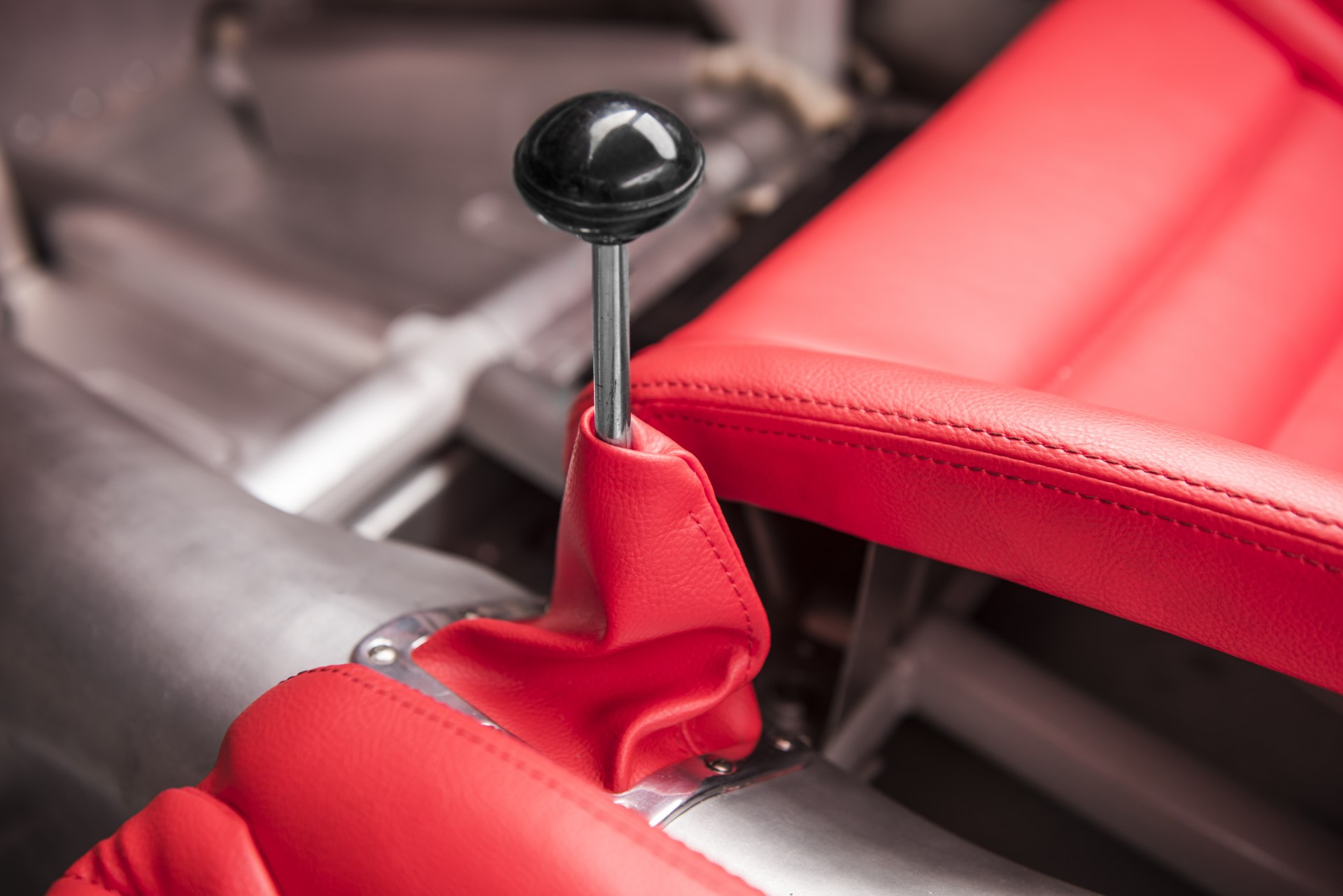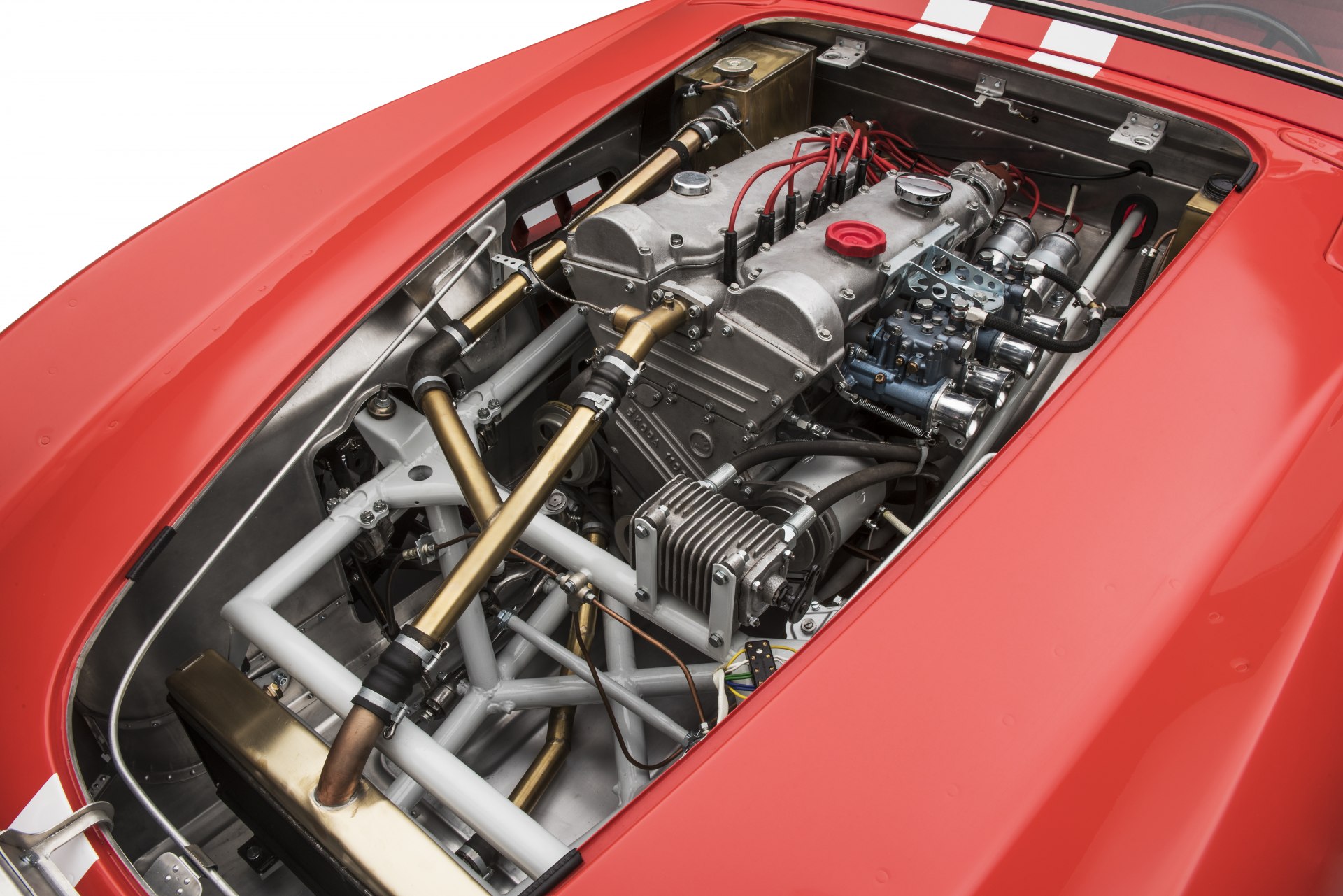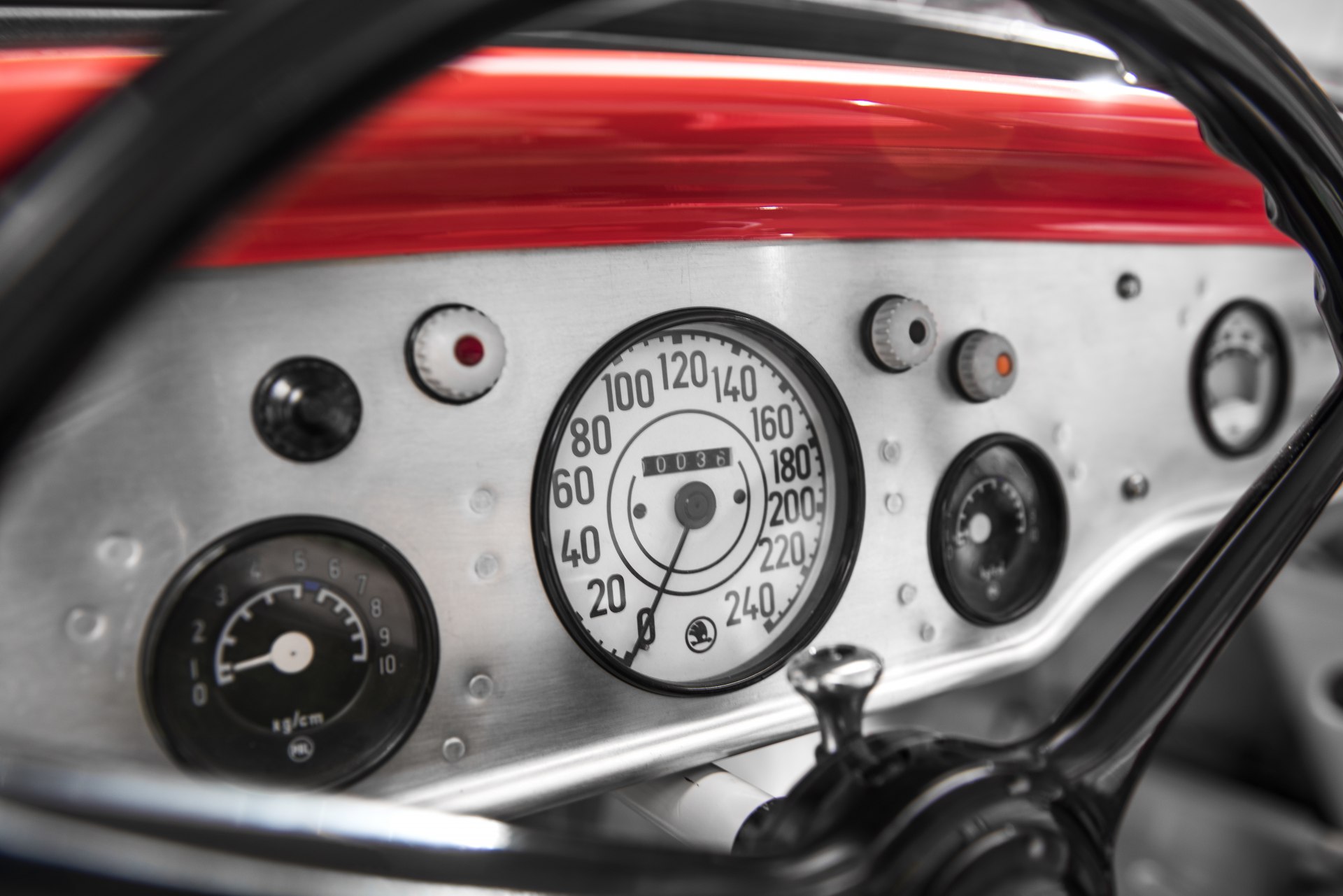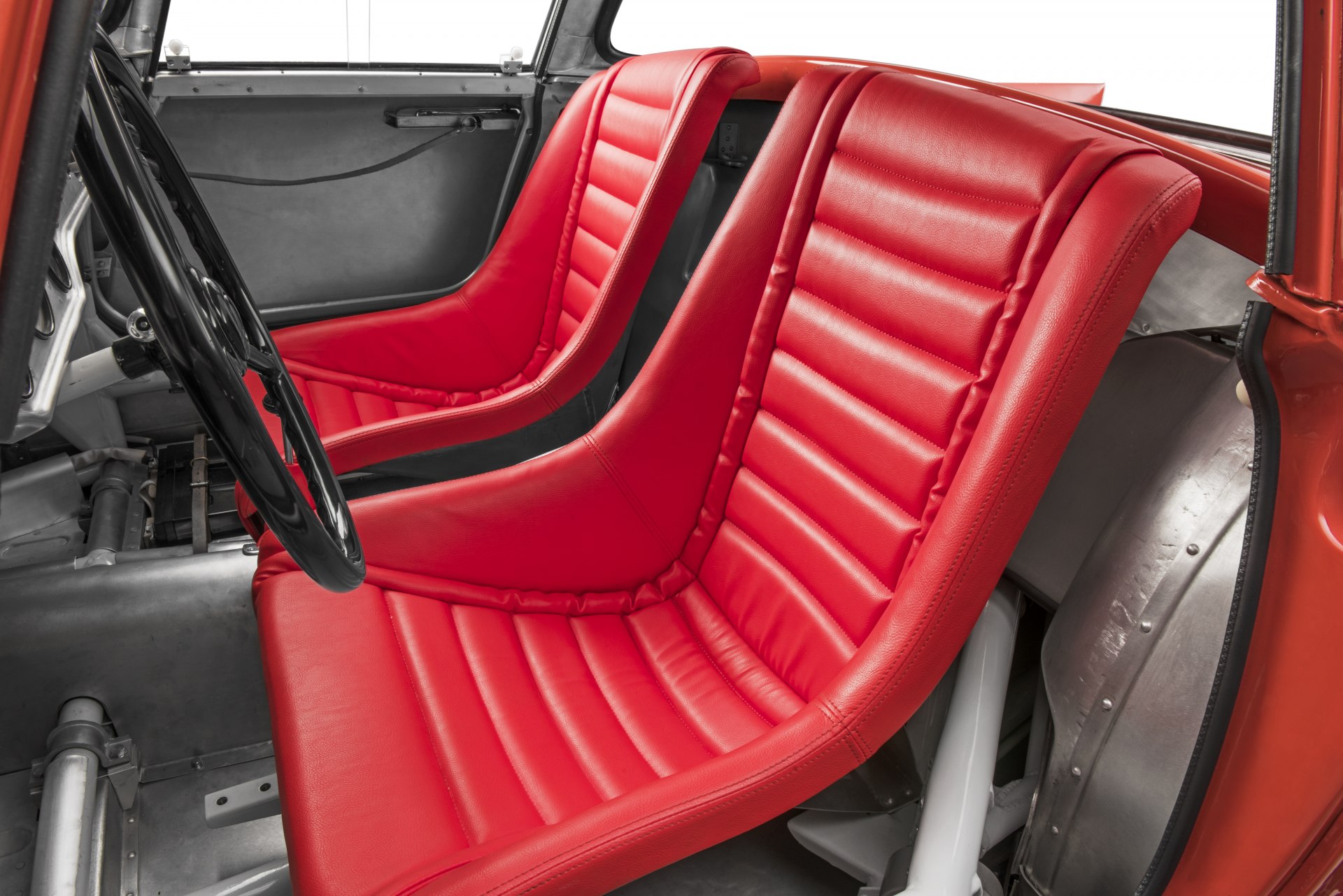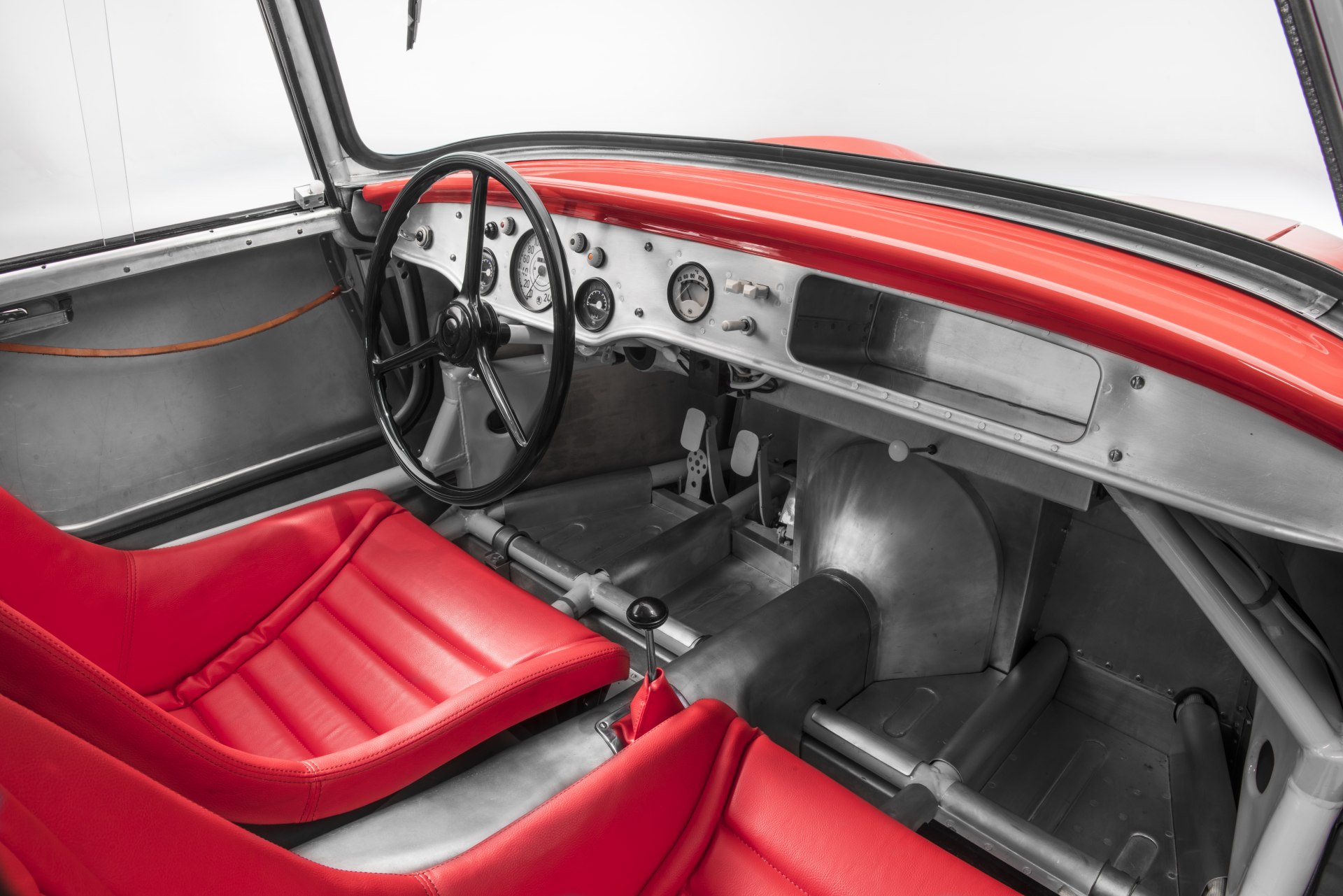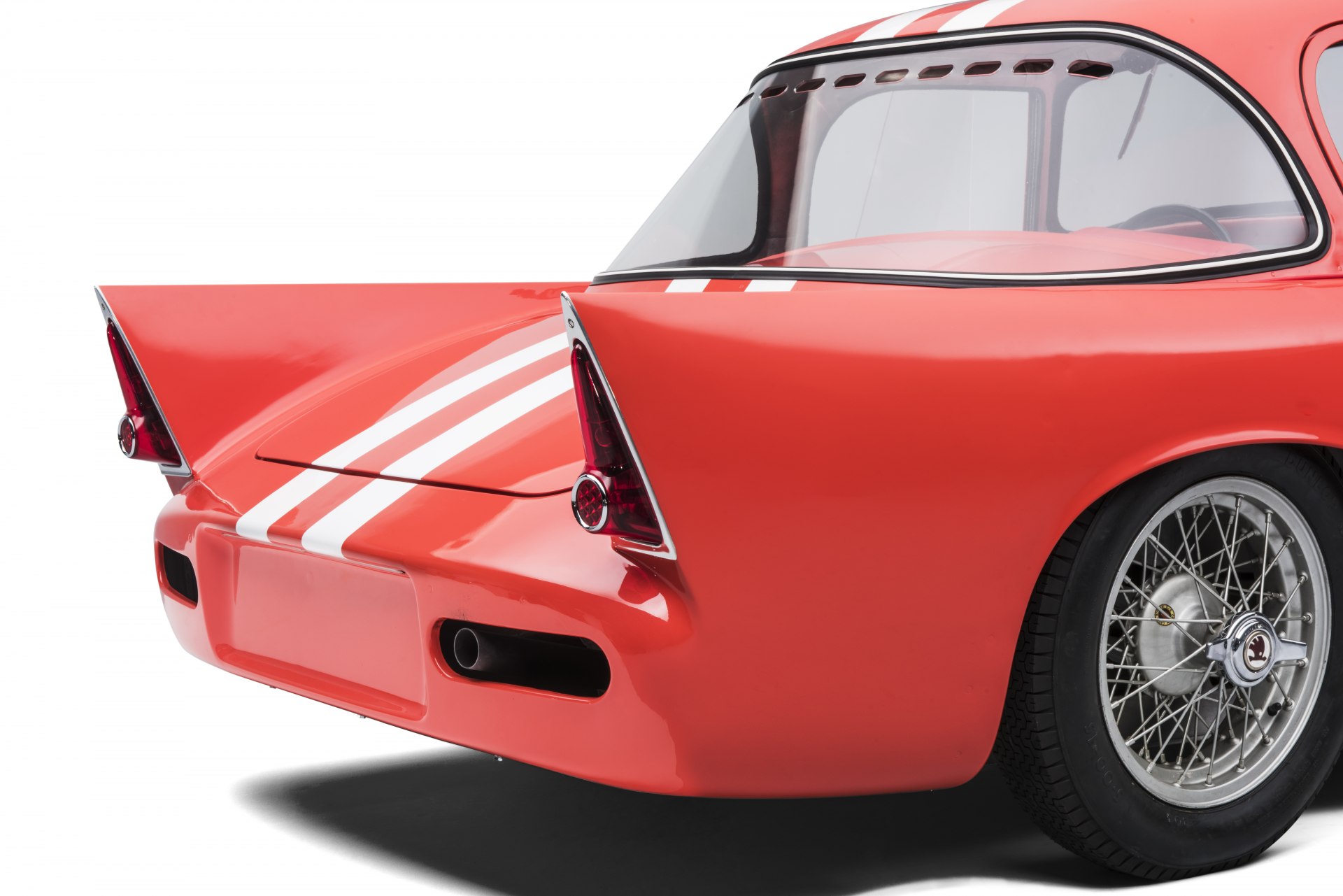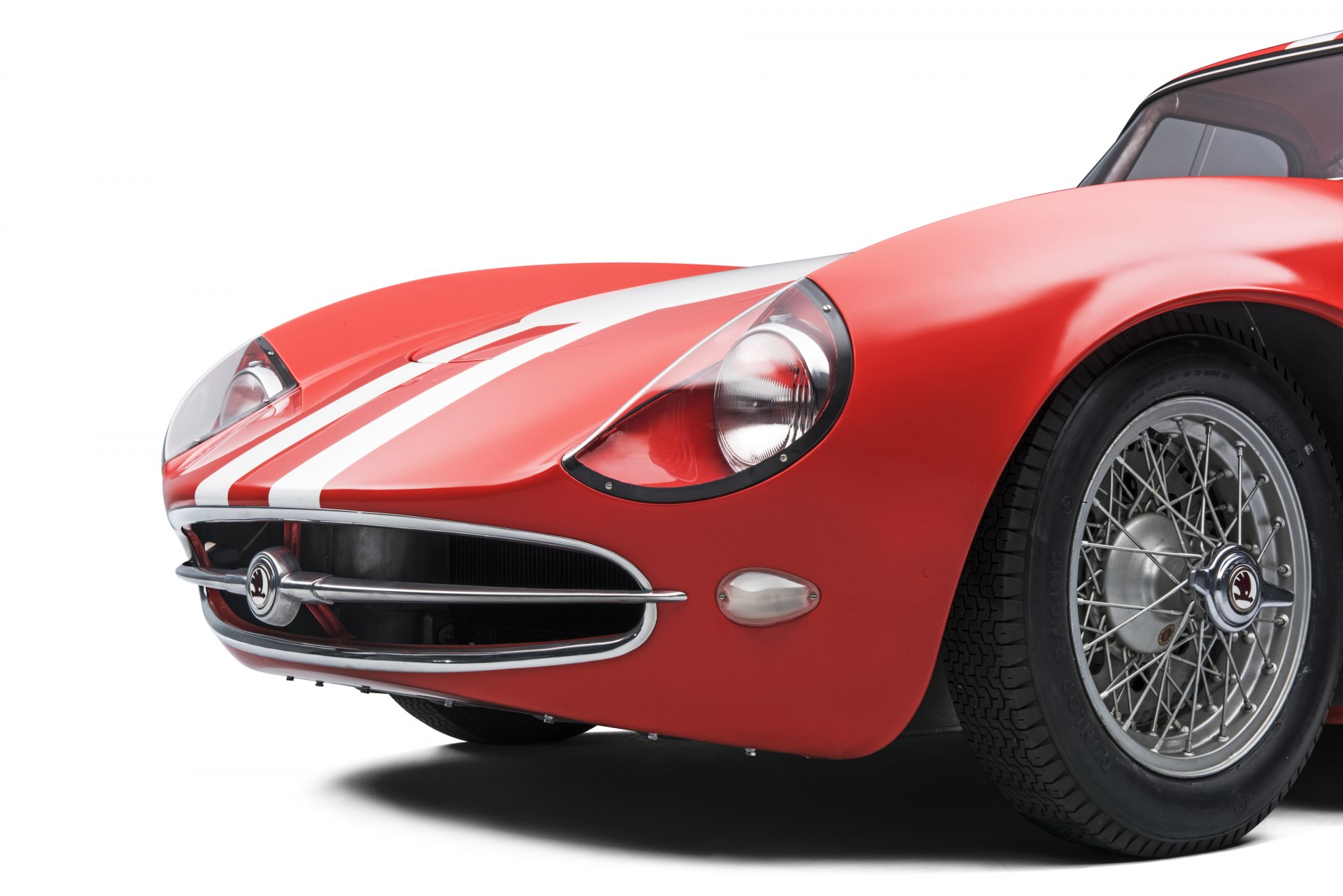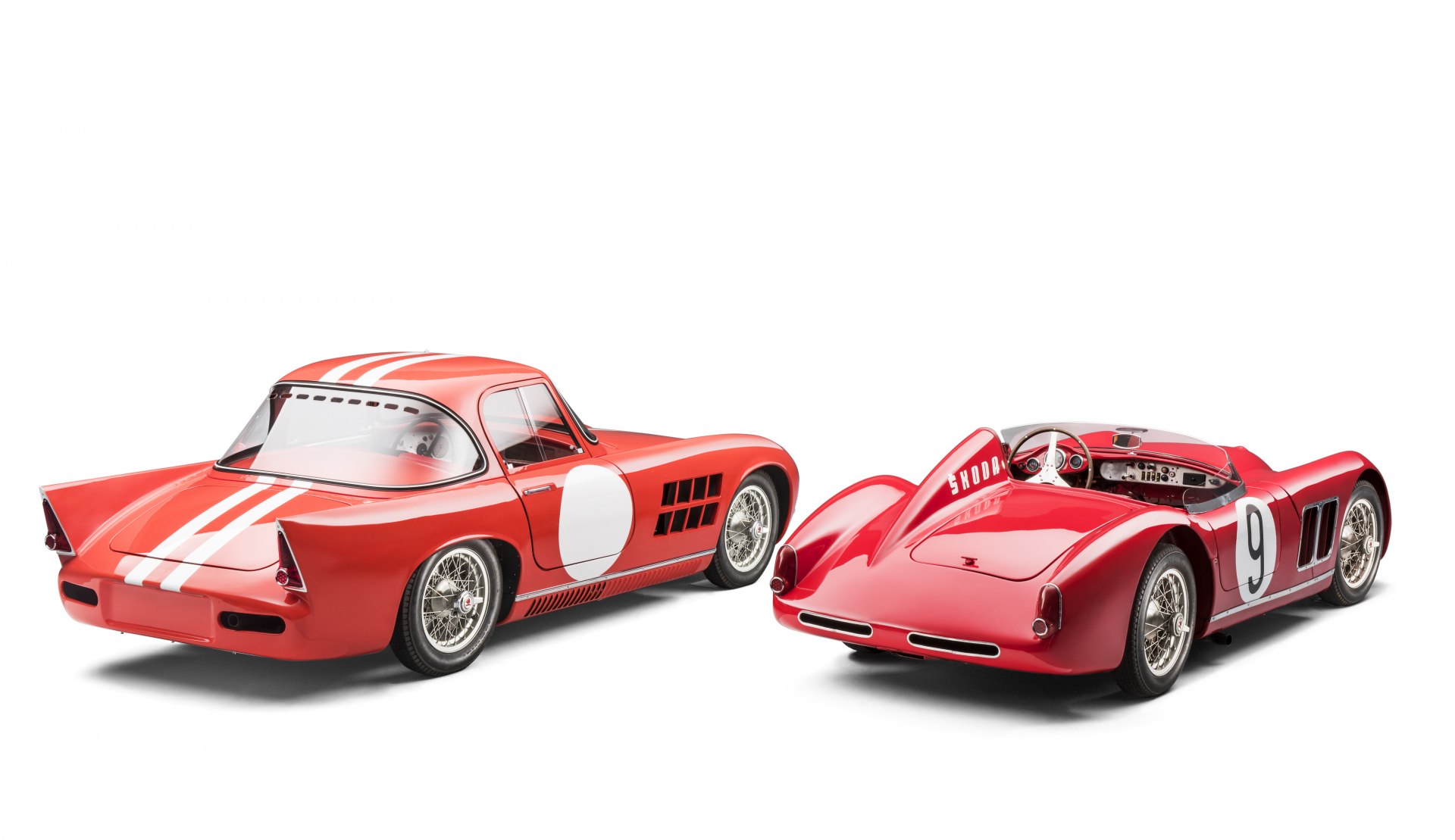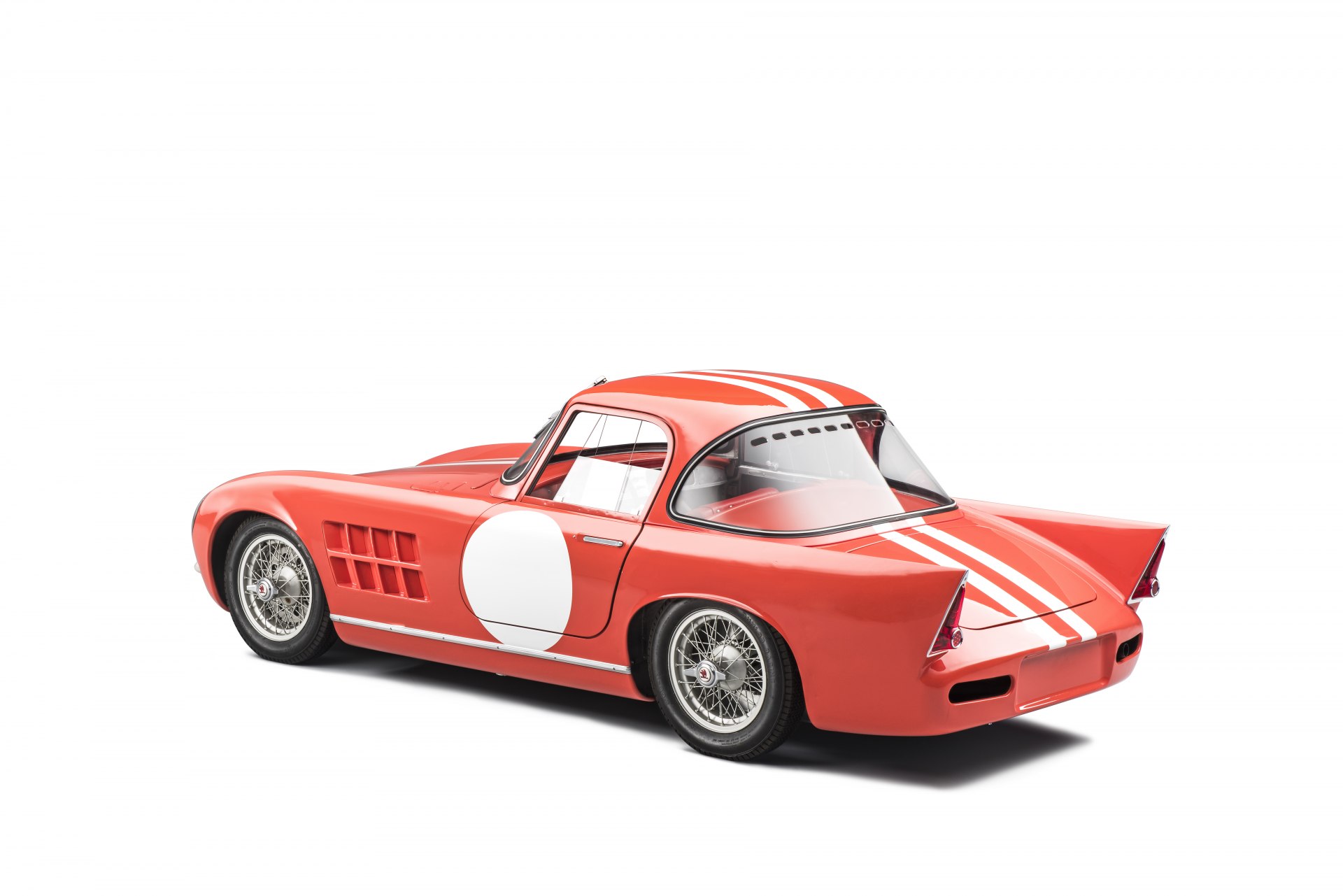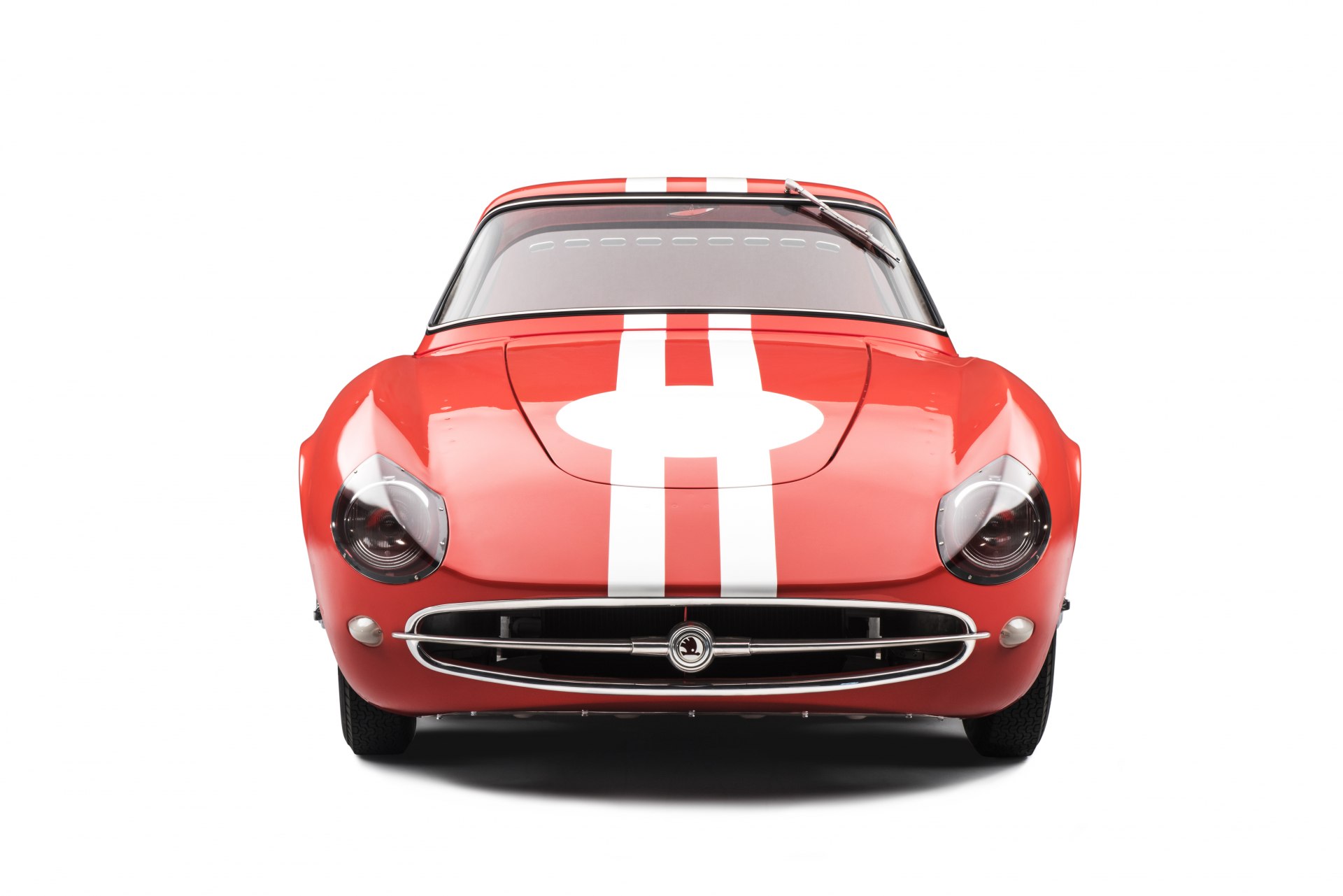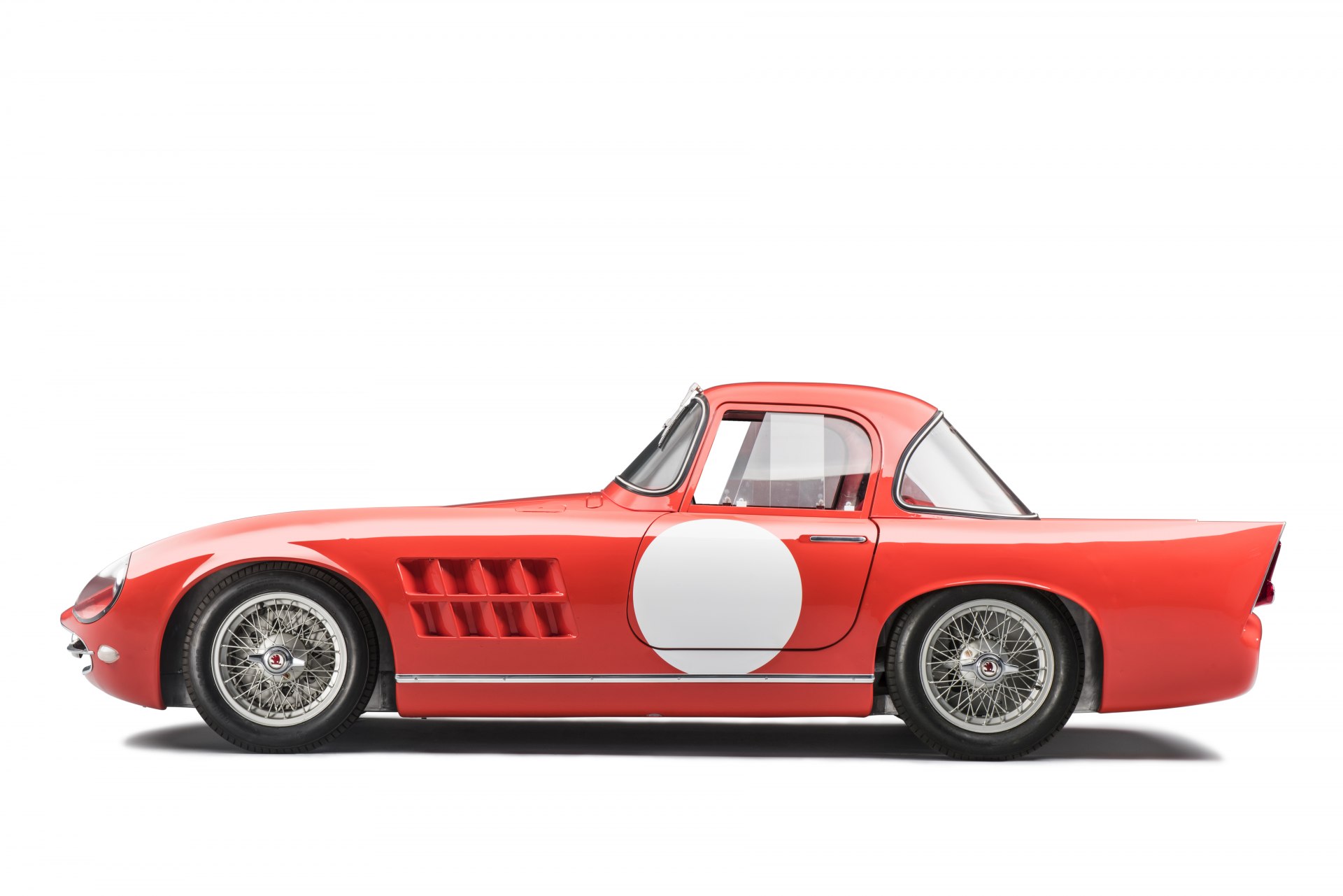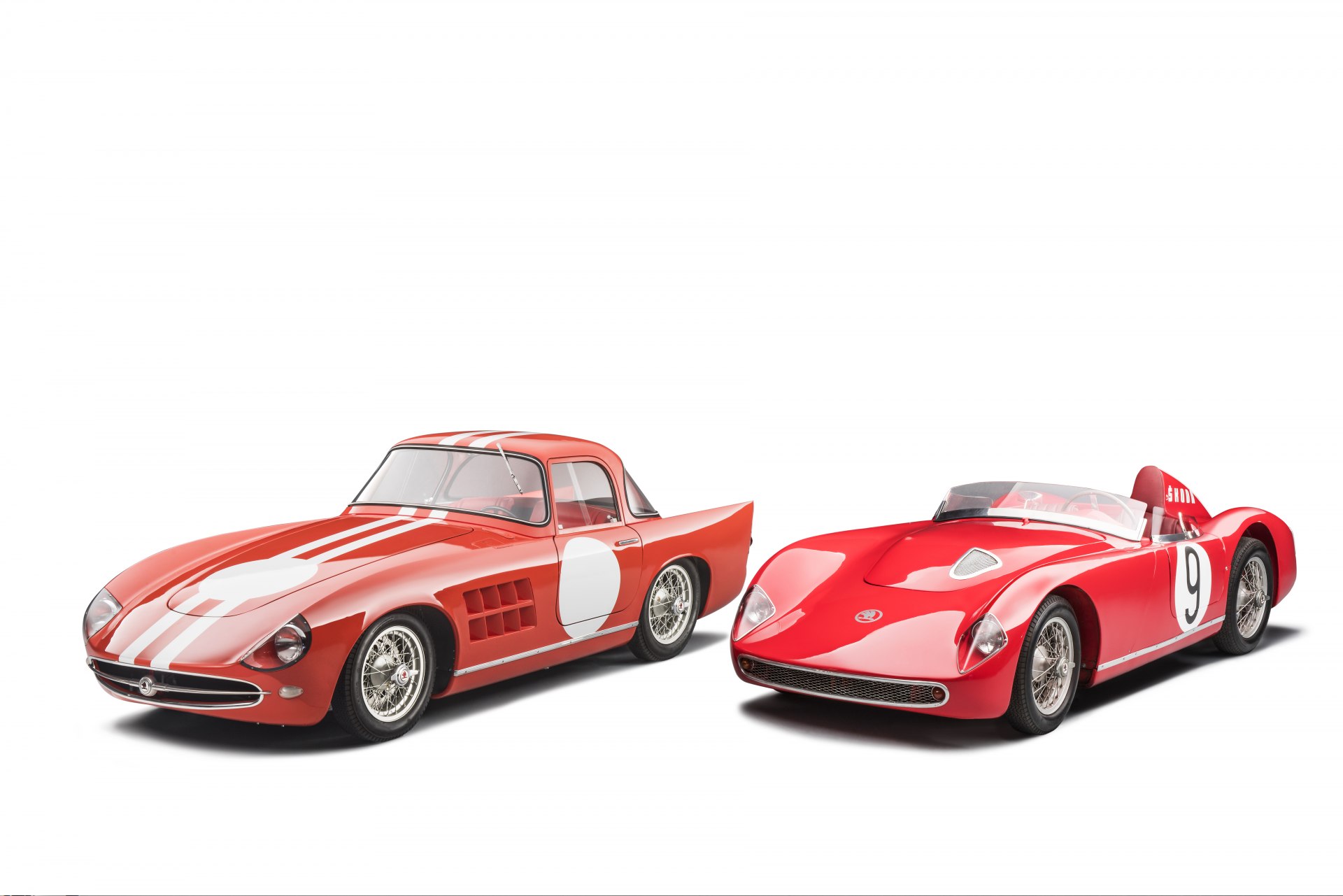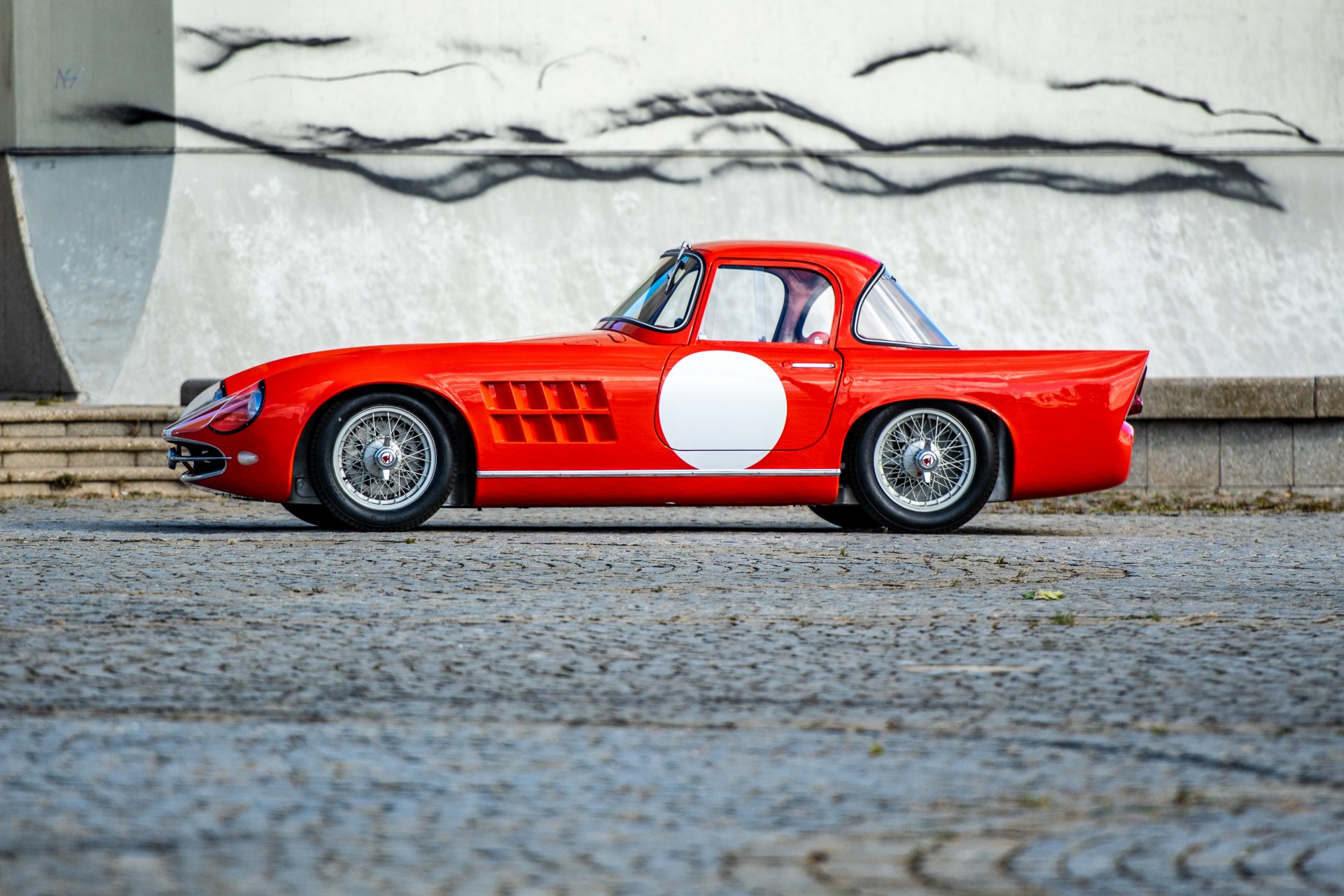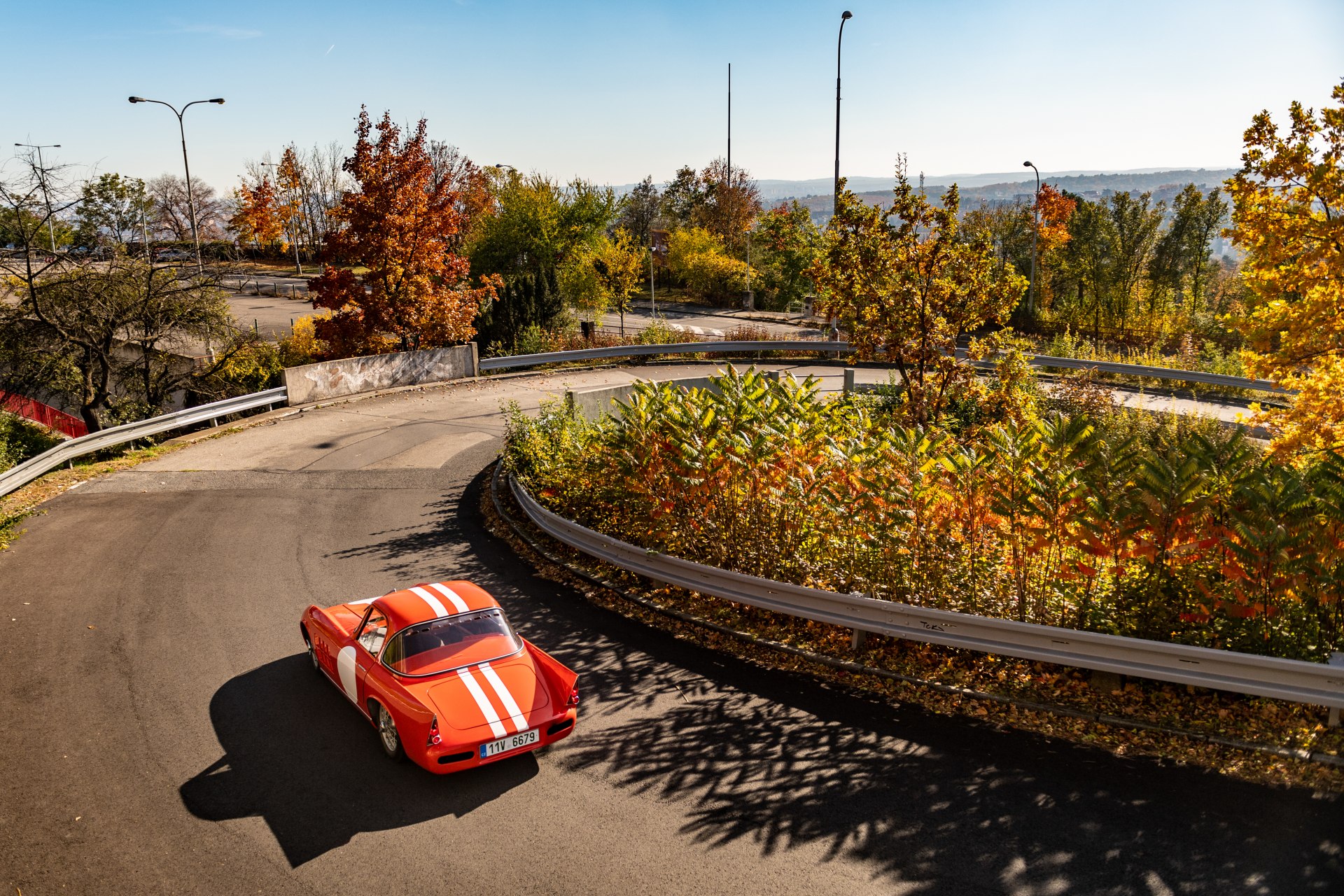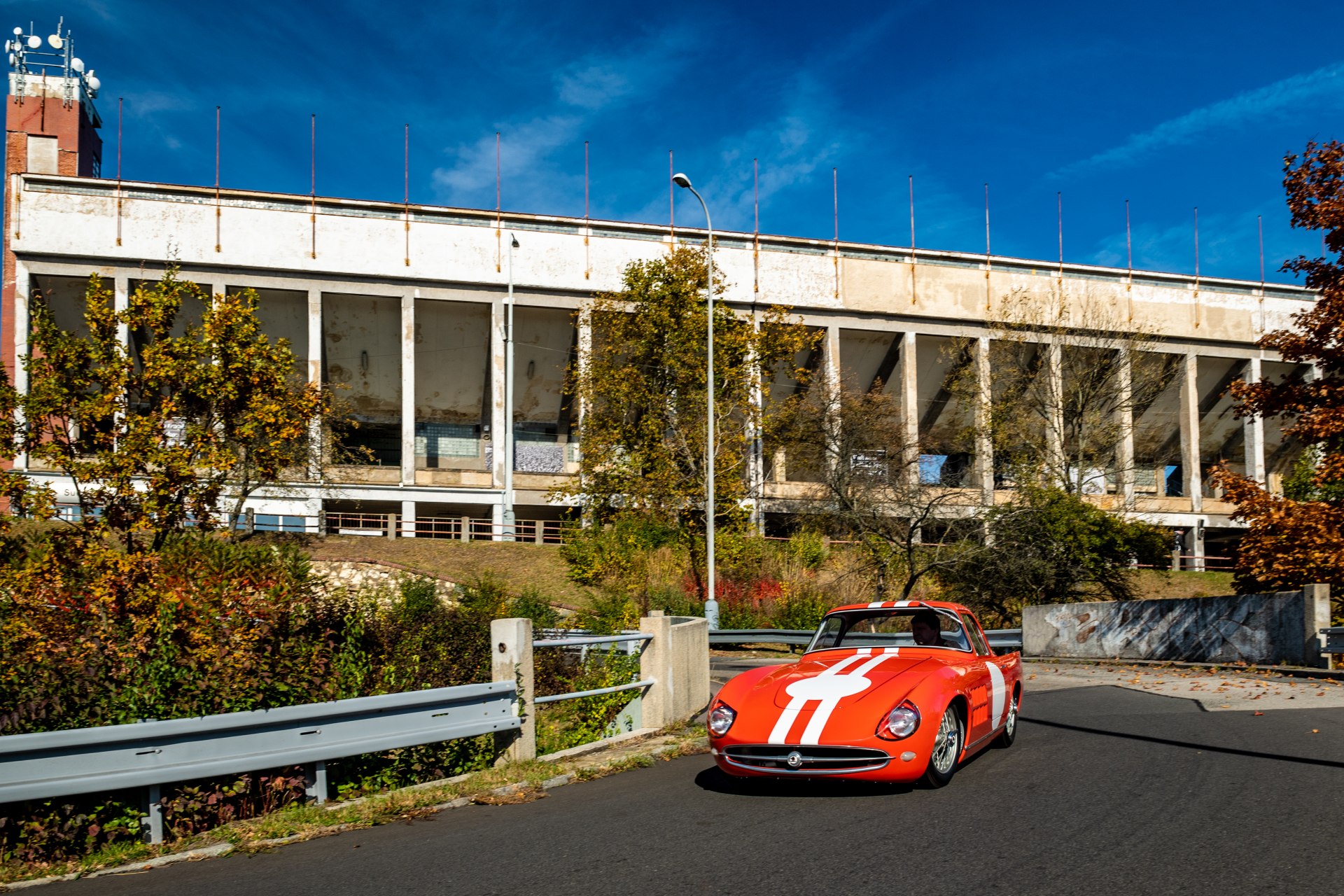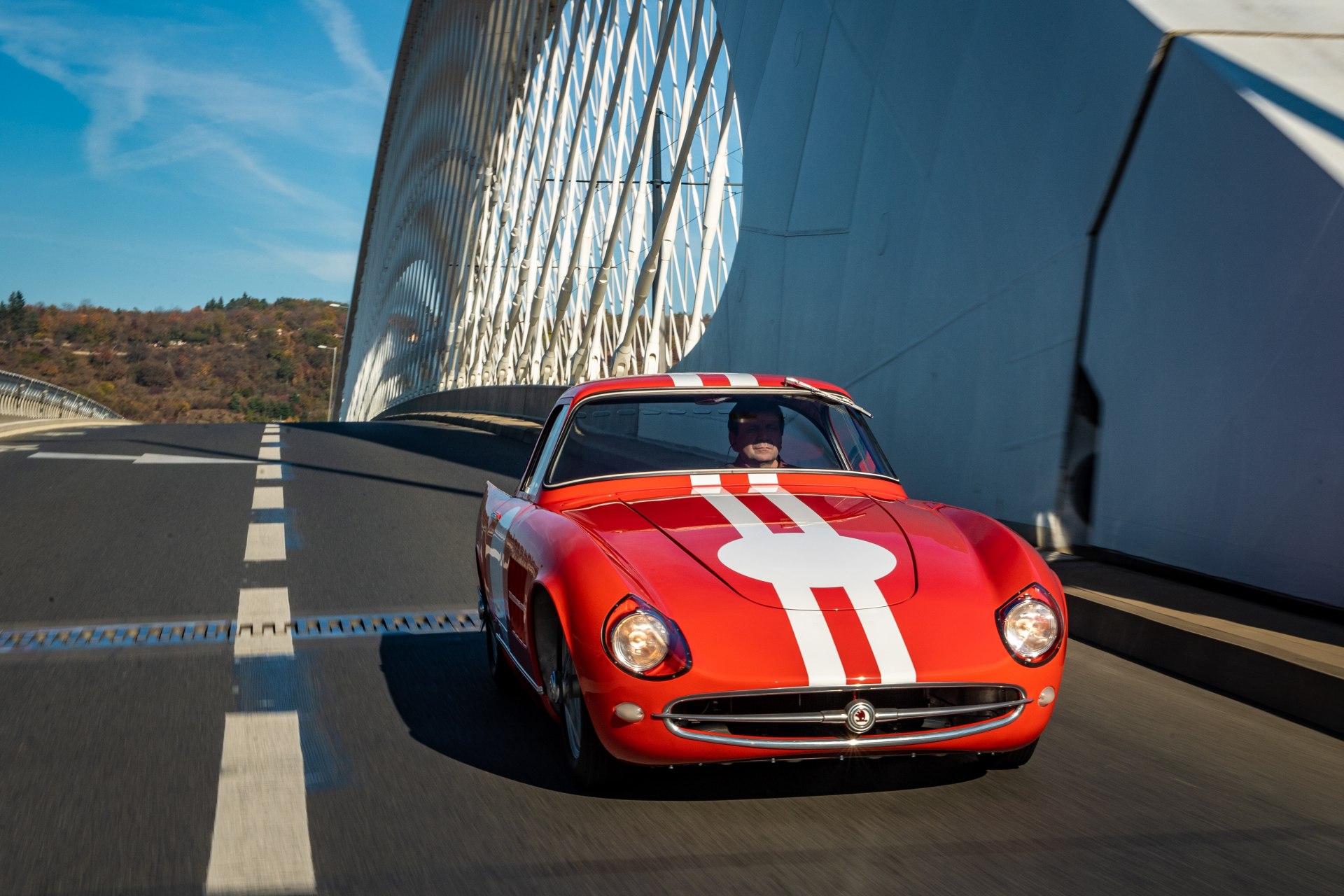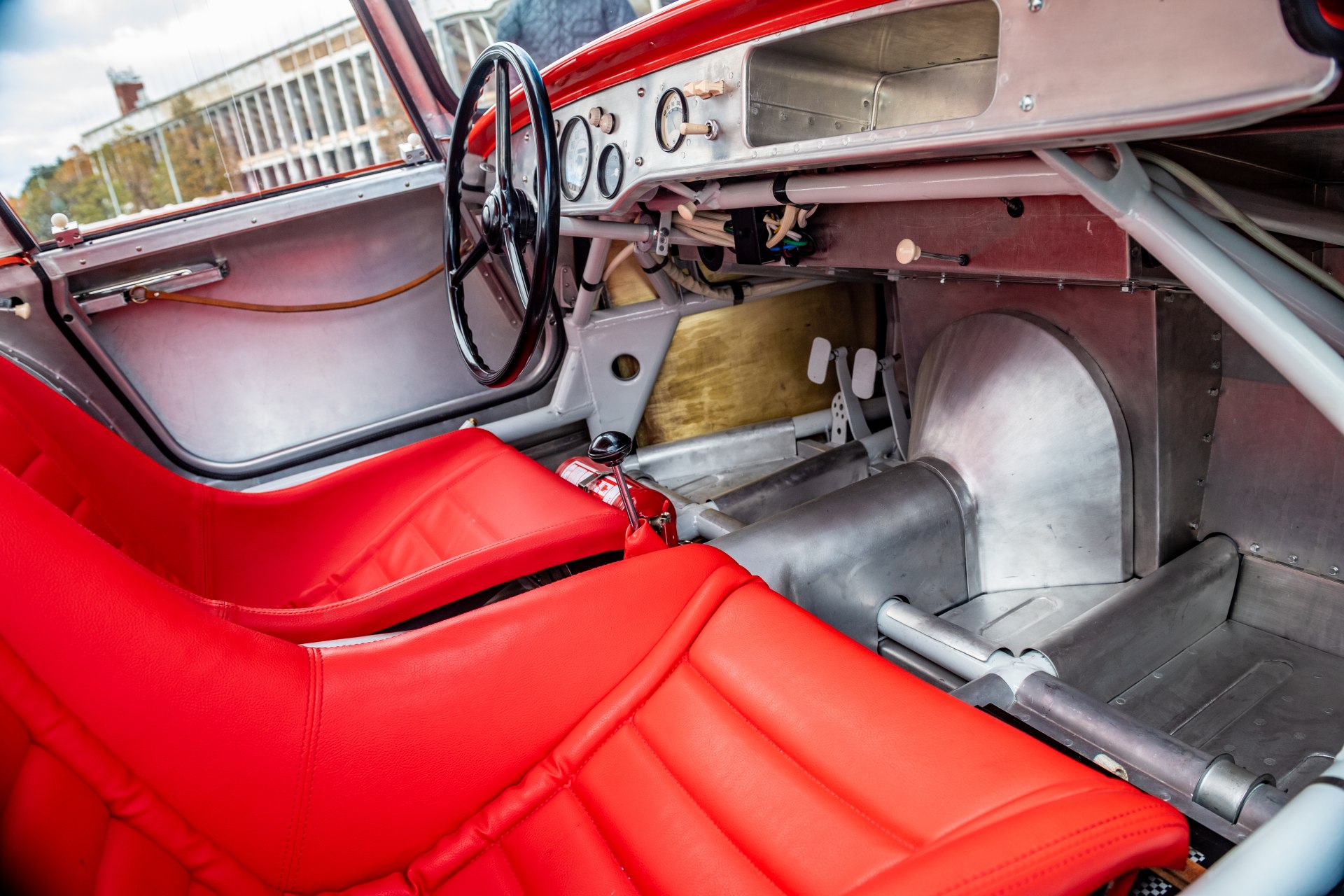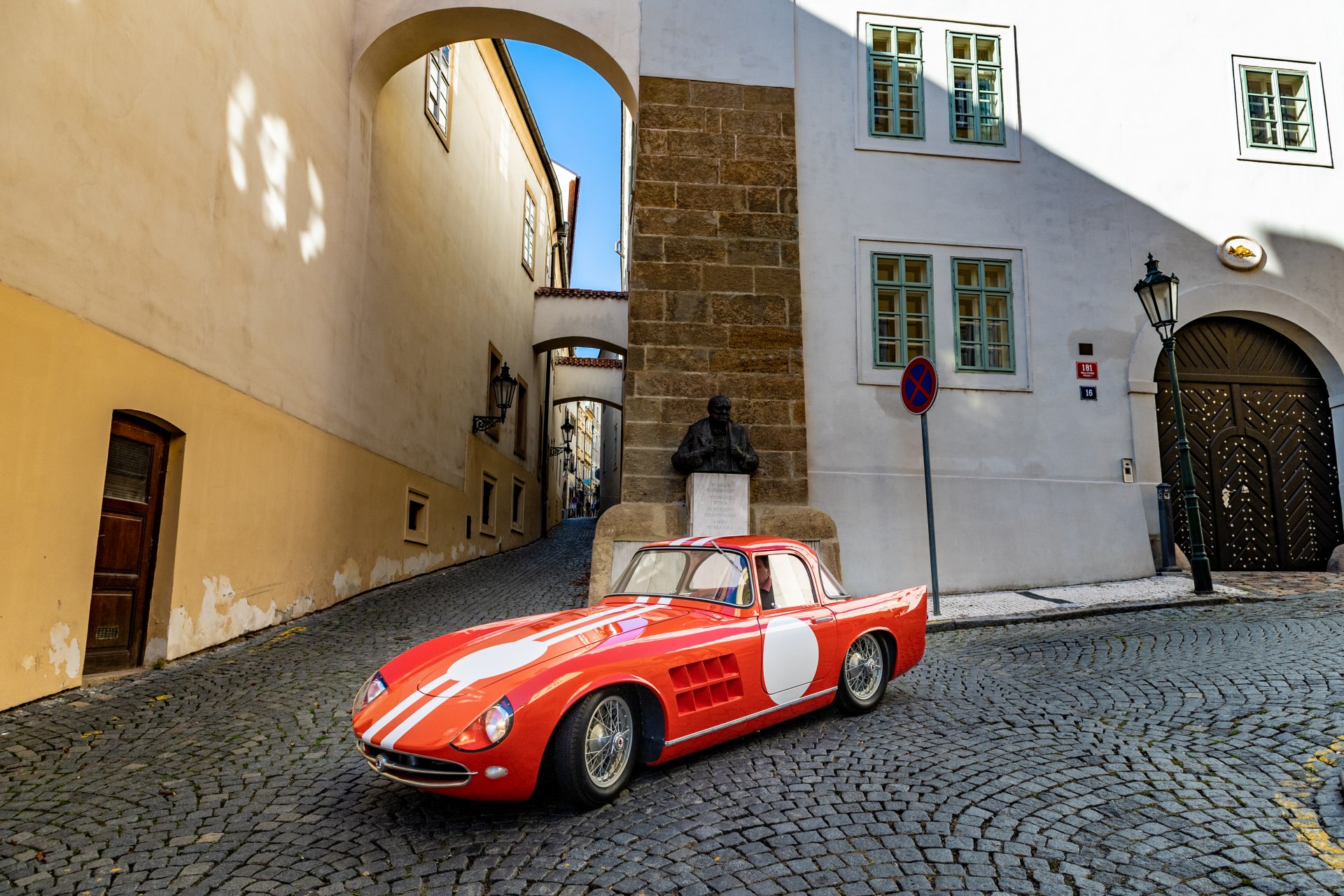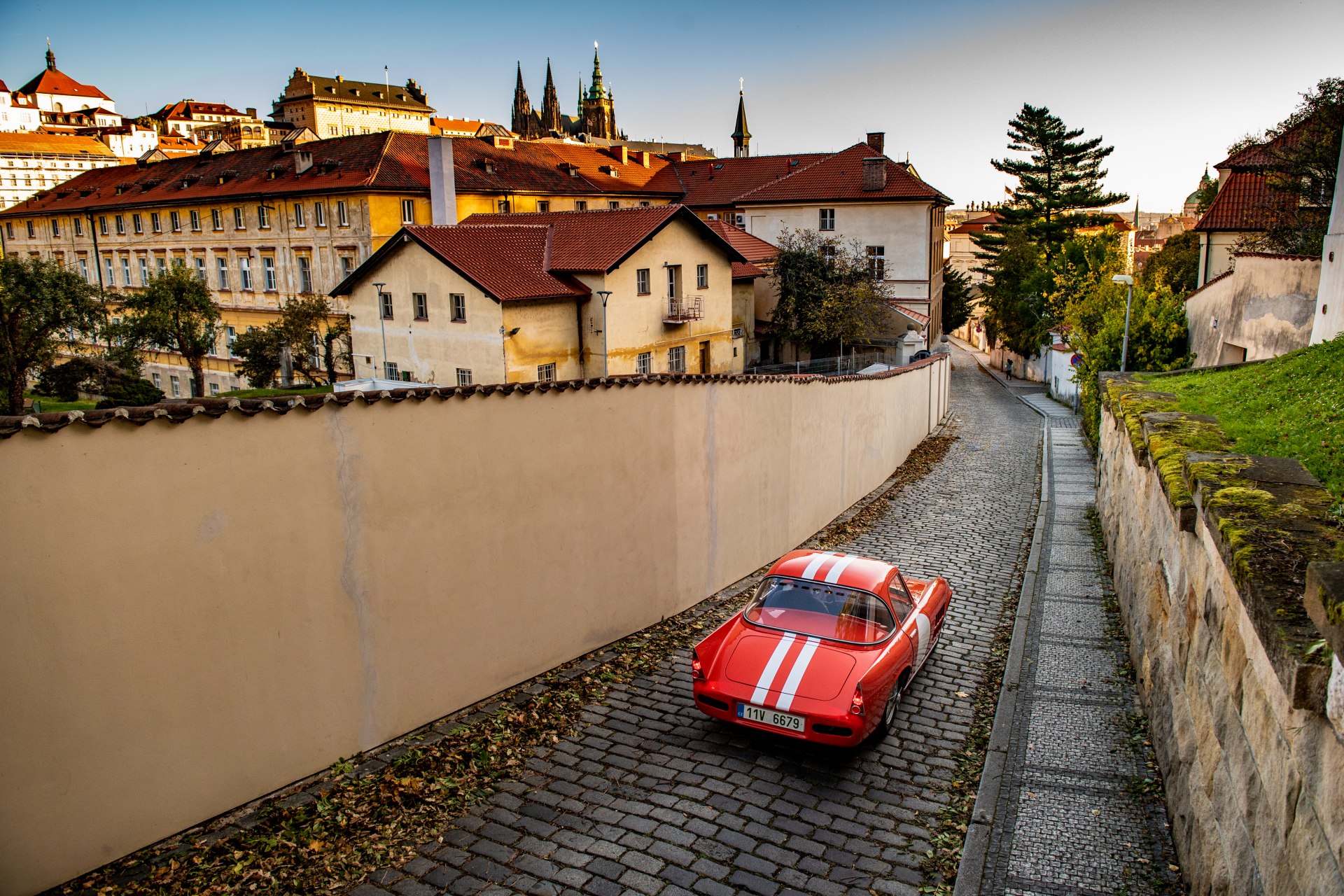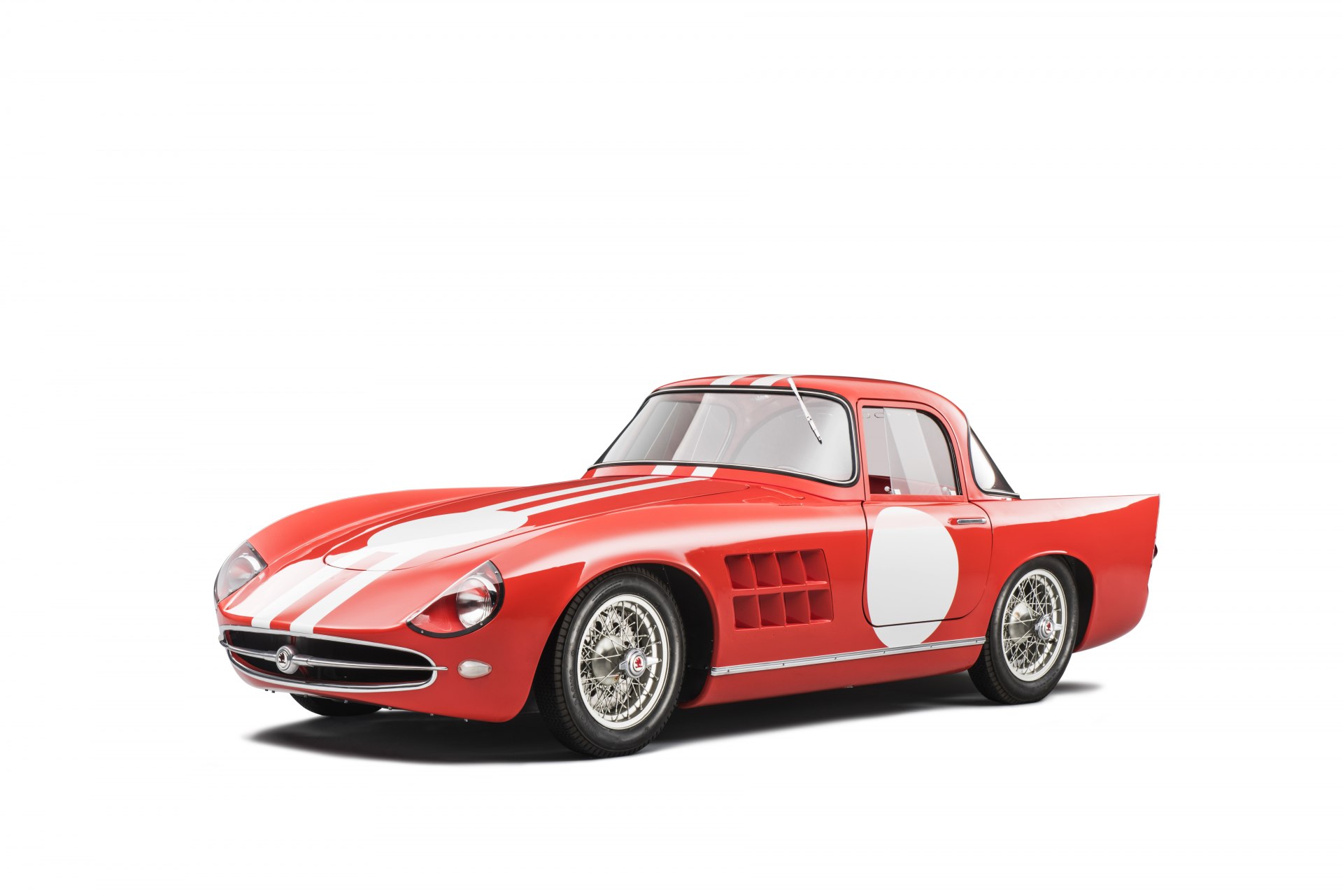Last summer, we featured a story on the history of the 1957 Skoda 1100 OHC, a wonderfully svelte sports car that was denied from competing at Le Mans due to the Cold War. Undeterred, they were still eager to race and added a roof to it and now that car has been restored to celebrate Skoda Motorsport’s 120th anniversary.
Construction started in 1959 and the car featured state-of-the-art technology, such as a lightweight truss frame welded from thin-walled tubes. It also got a trapezoidal suspension with twin wishbones at the front and a trailing arm setup at the back. To reduce unsprung weight, its rear drum brakes were also mounted on the differential gear.
The engine started out life in a Skoda 440 Spartak, but the 1,100 cc four-cylinder engine was tuned to make more than twice as much power, up to 91 hp (92 PS/68 kW) from just 39 hp (40 PS/29 kW). That was enough to propel the 1,224 lbs (555 kg) vehicle all the way up to a top speed of 124 mph (200 km/h).
Read Also: The 1957 Skoda 1100 OHC Couldn’t Race At The 24h Of Le Mans Due To The Cold War
After two years of competition, the 1,100 cc category’s rules changed and Skoda sold the cars to private buyers and both were eventually destroyed in crashes. Most of the parts, however, made their way back to Skoda over the years and by 2015, the automaker actually had a rebuilt chassis that it displayed at its museum.
For this momentous year, it decided to complete the reconstruction and make an aluminum body to replace the ones that had been lost through the years. Using the 2D drawings, Skoda’s prototyping team created a 1:1 scale 3D grid of the vehicle and a digital copy of it. Shapes and individual details were painstakingly examined and corrected to ensure that the rebuilt car was as close to the original as possible.
Artisans then used 0.8 mm and 1 mm-thick sheets of aluminum and manually welded and beat them into shape. Fortunately, many of the parts on the original 1100 OHC Coupe, such as the door handles, were simply borrowed from Skoda’s production cars at the time, which made the team’s job a little bit less labor-intensive.
Now, the newly rebuilt coupe will be demonstrated alongside the topless version in the Skoda Museum collection.





